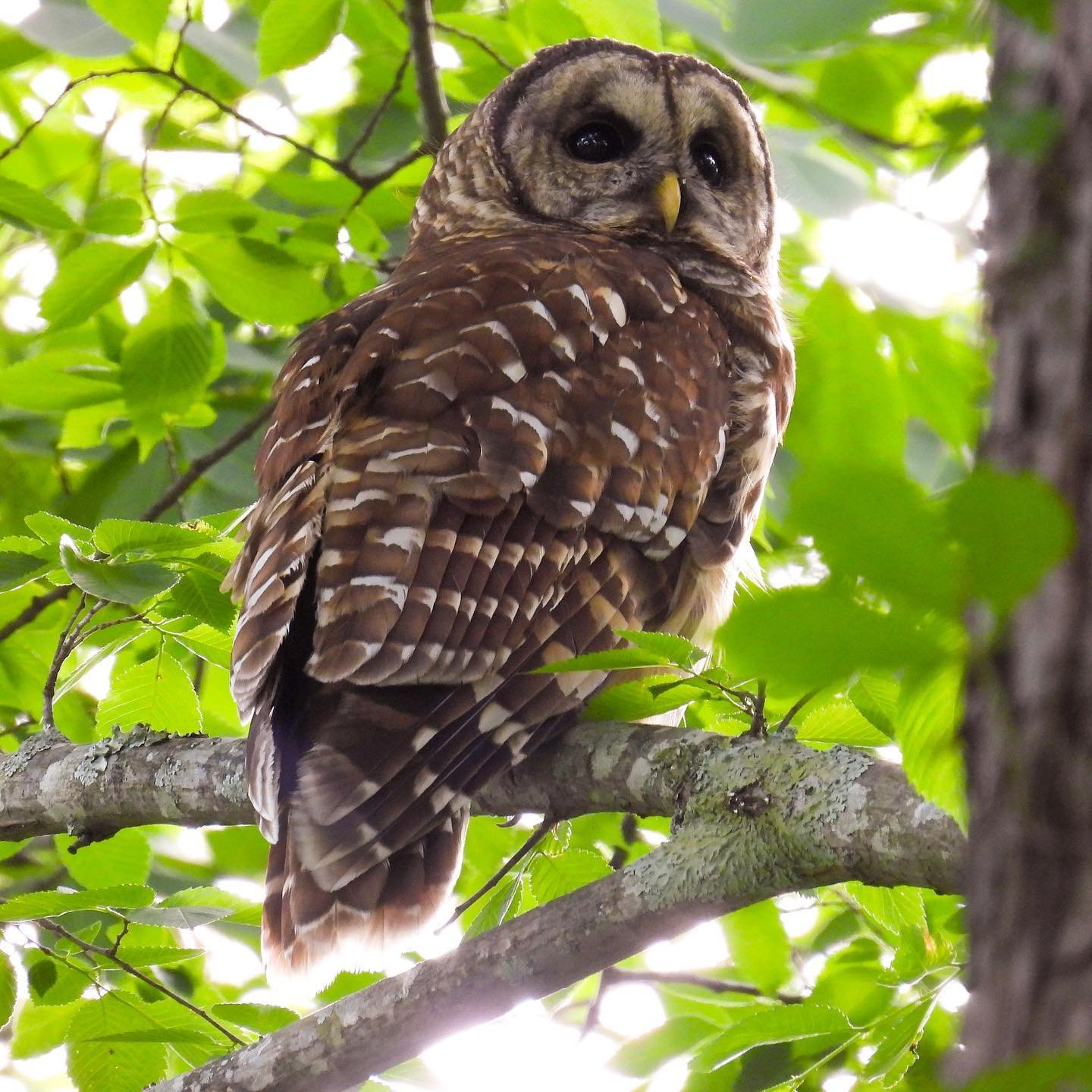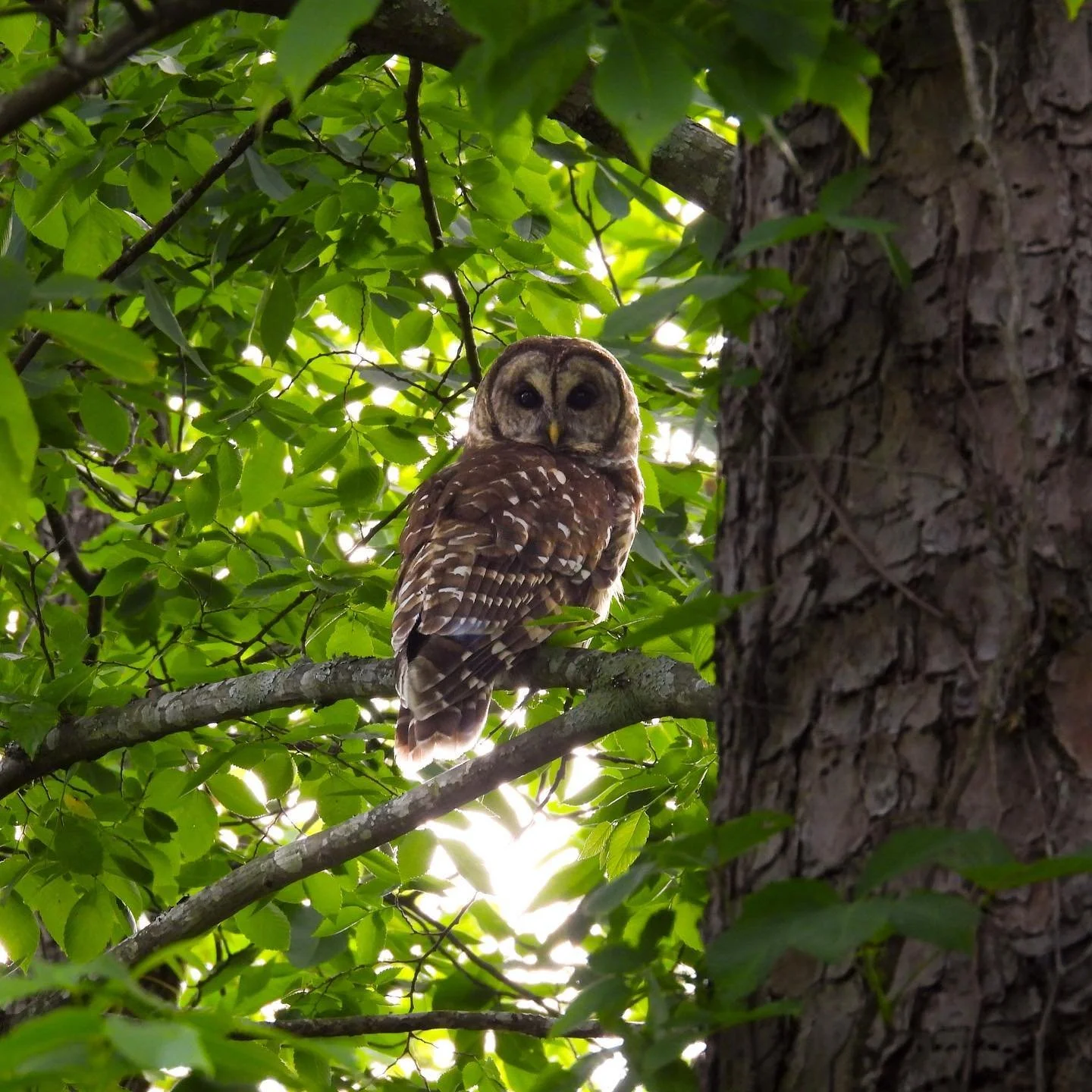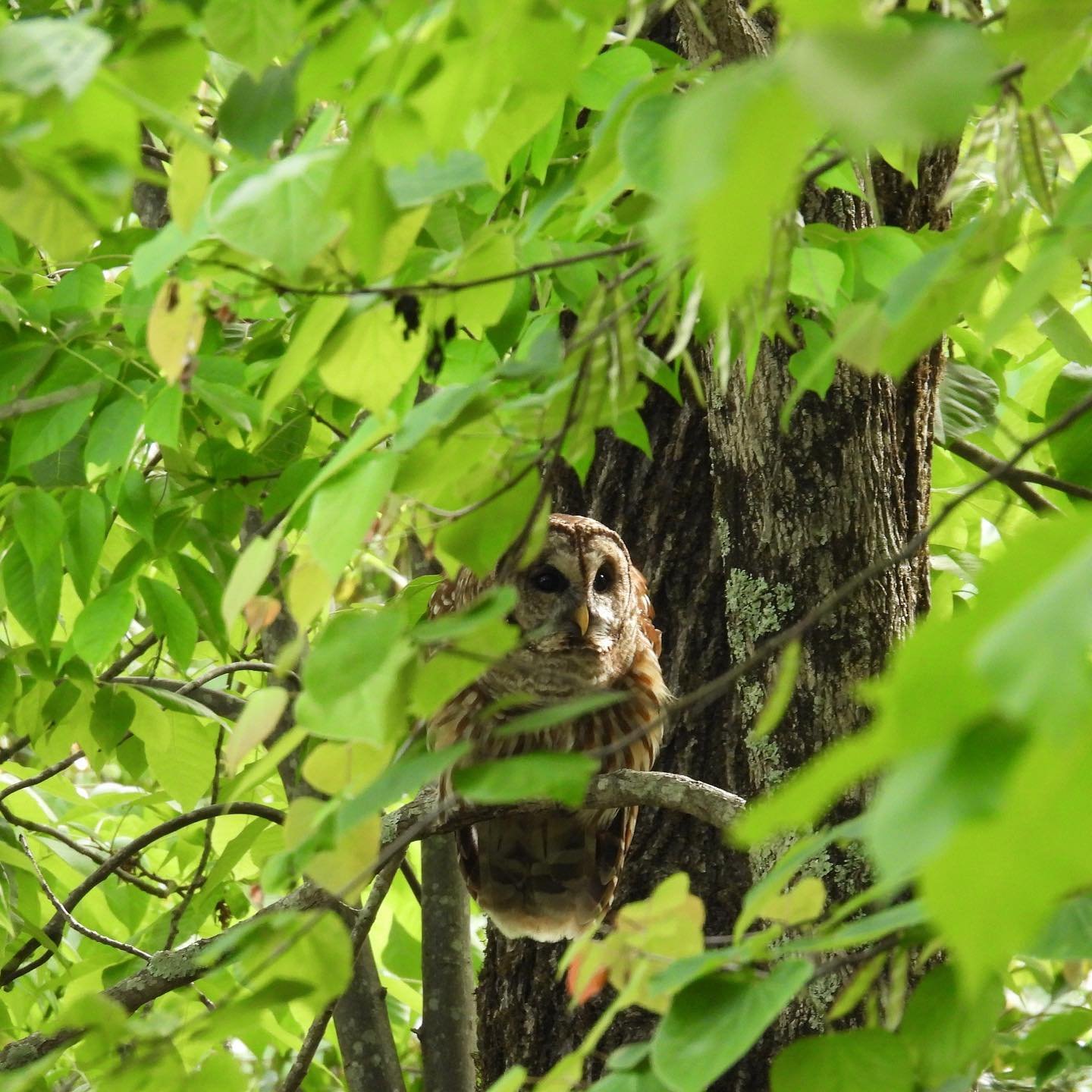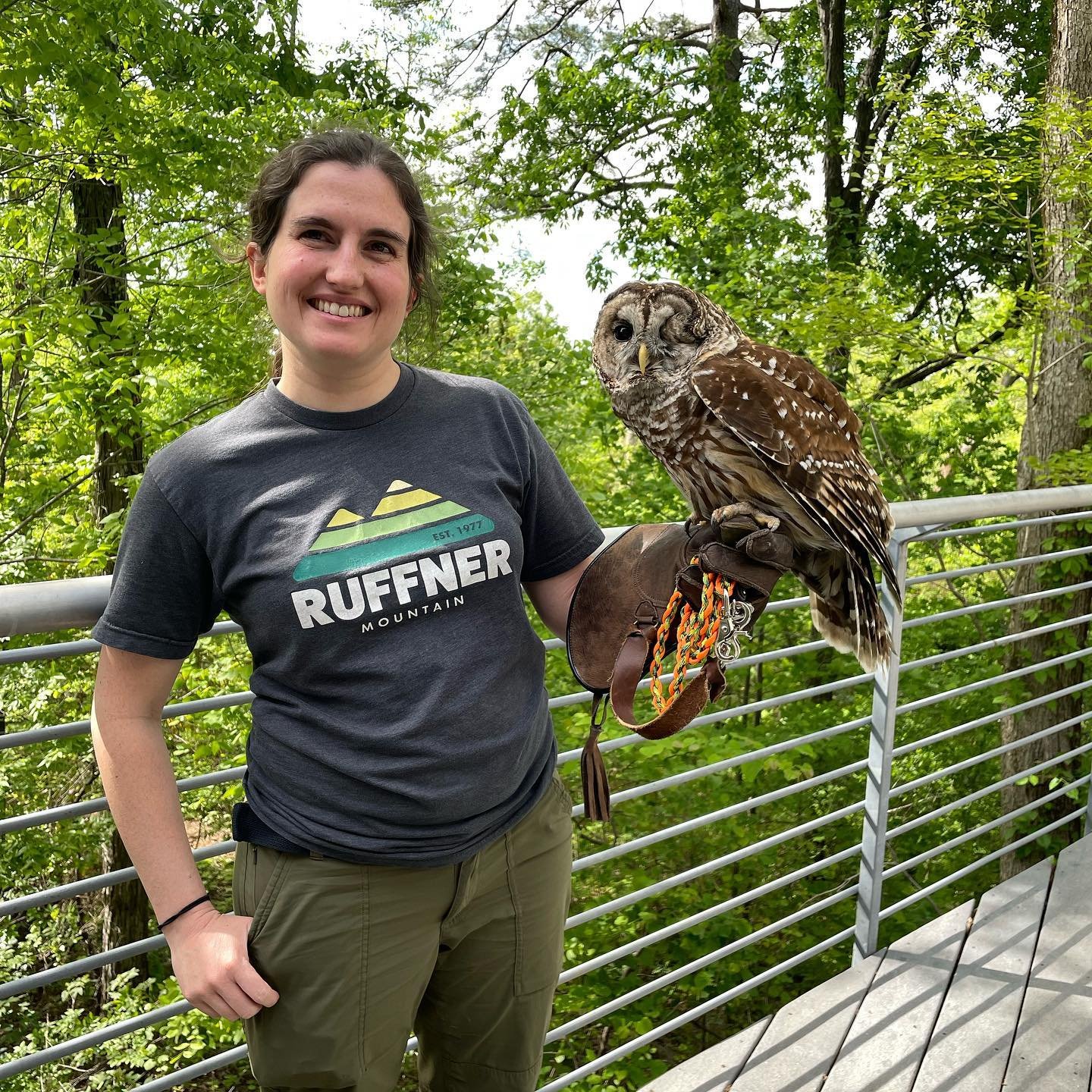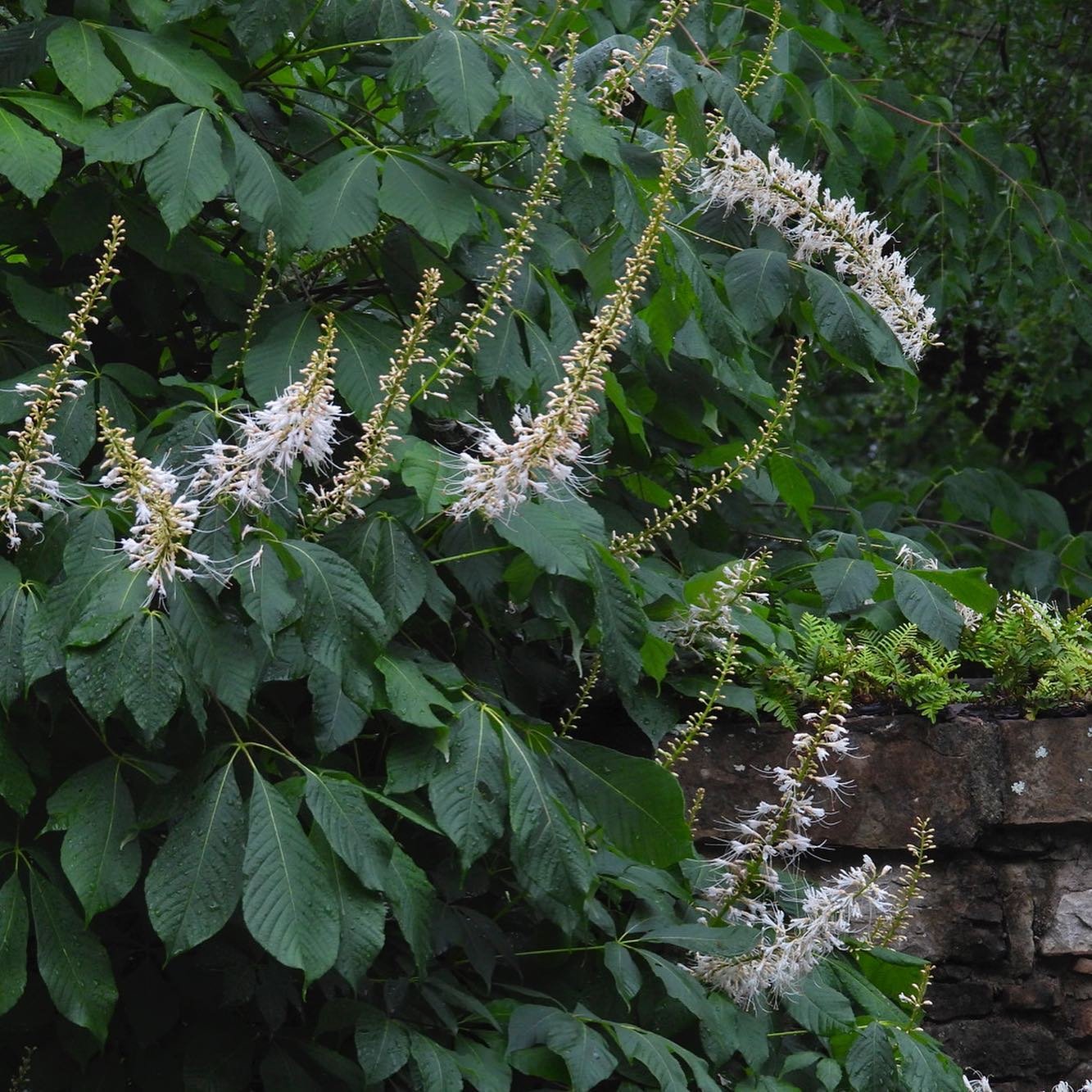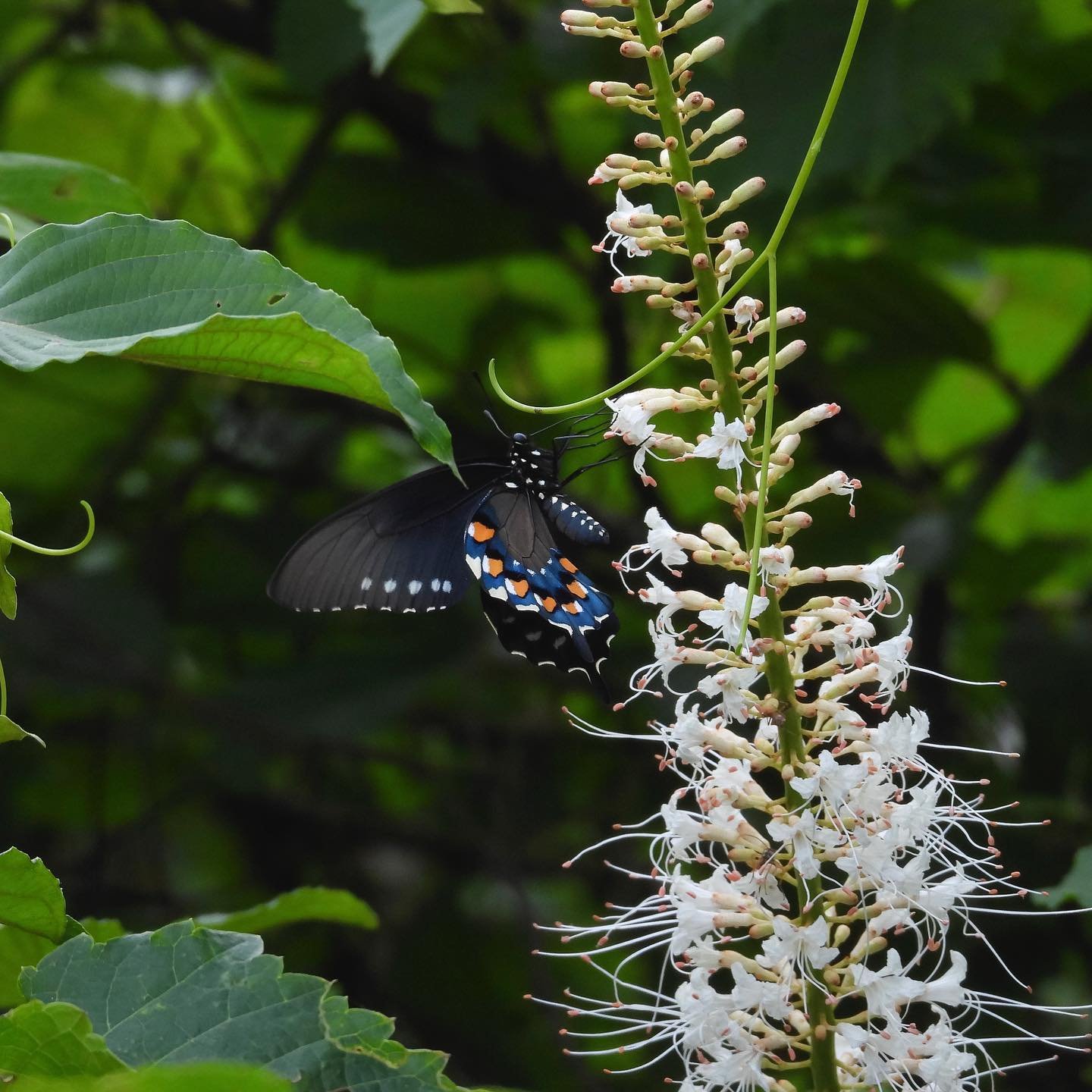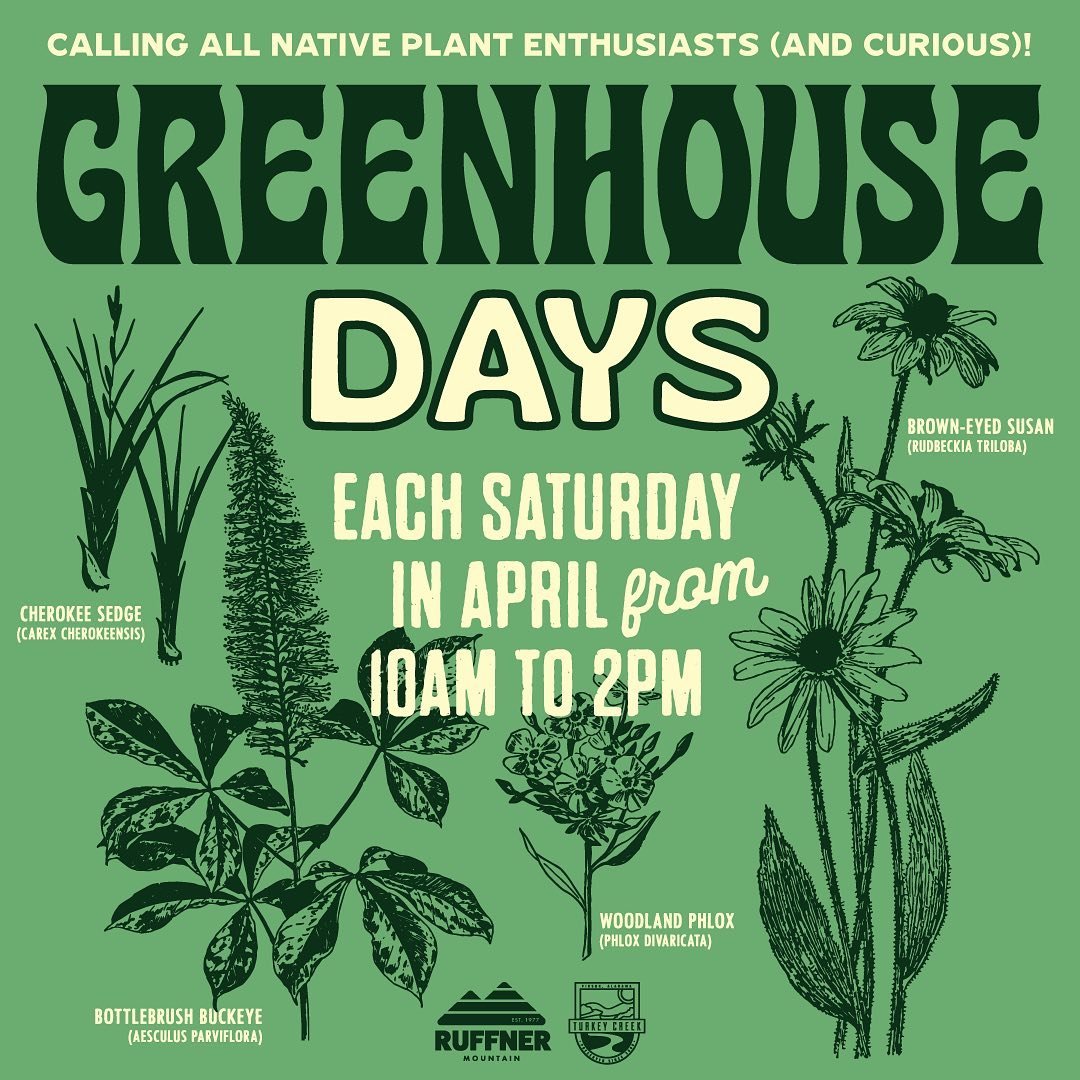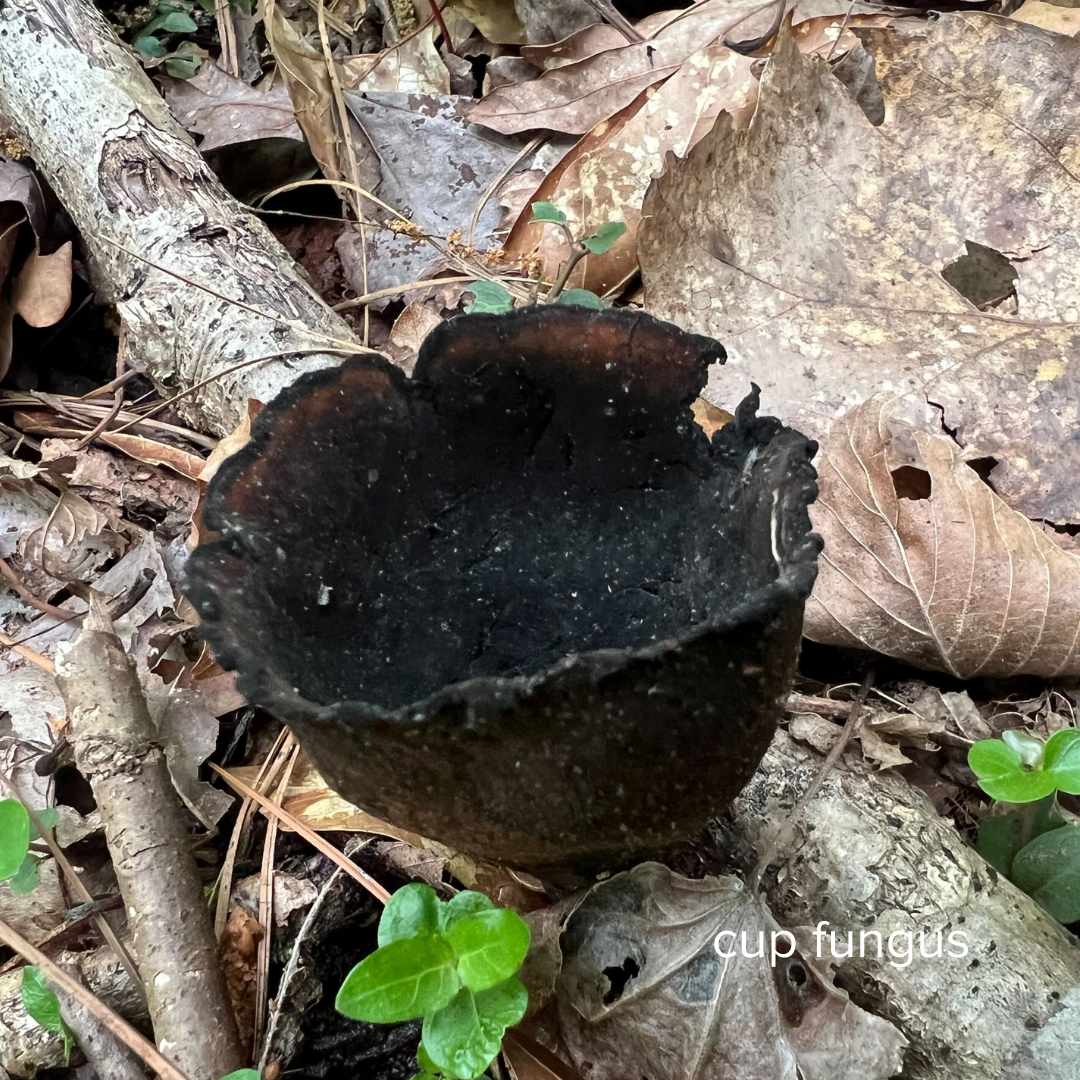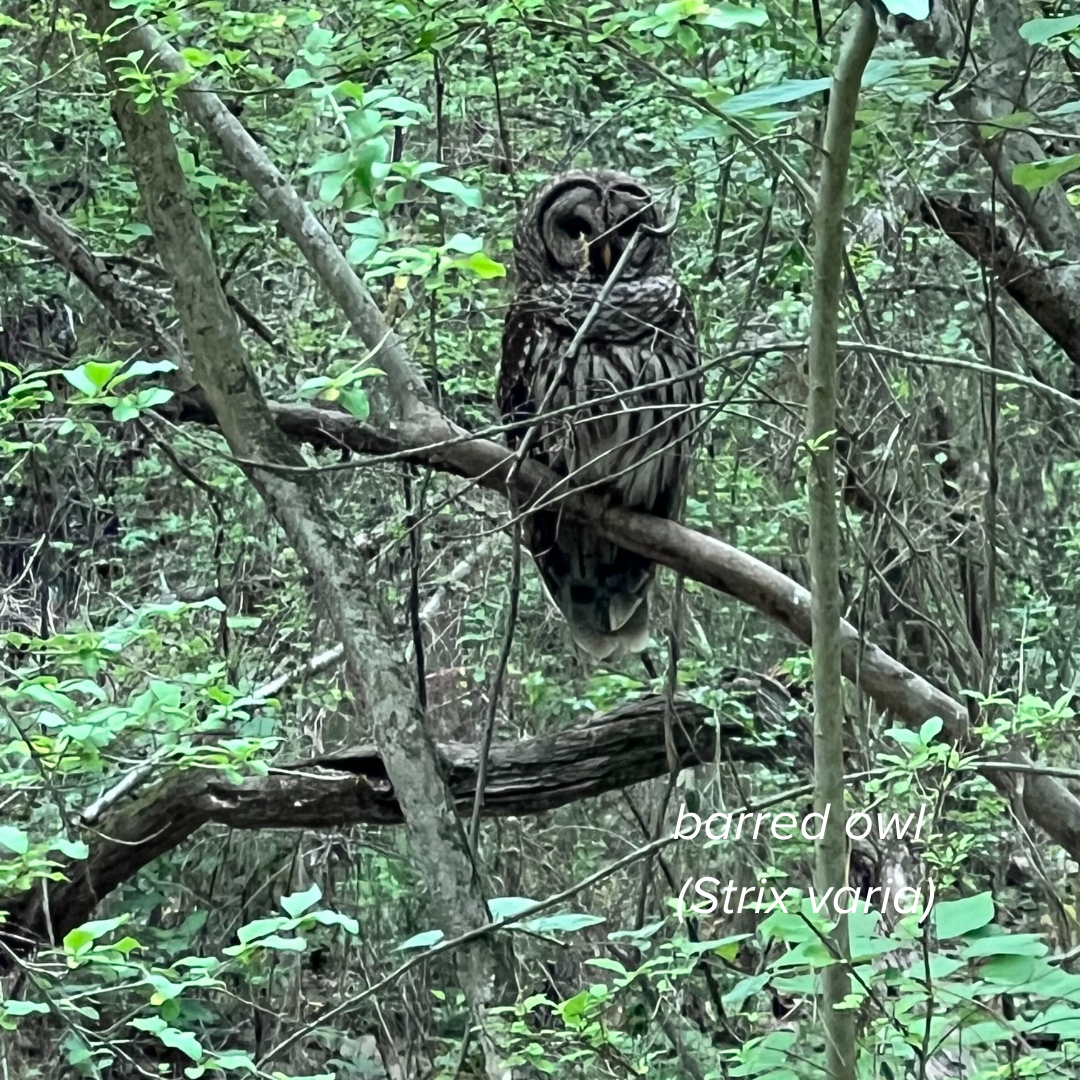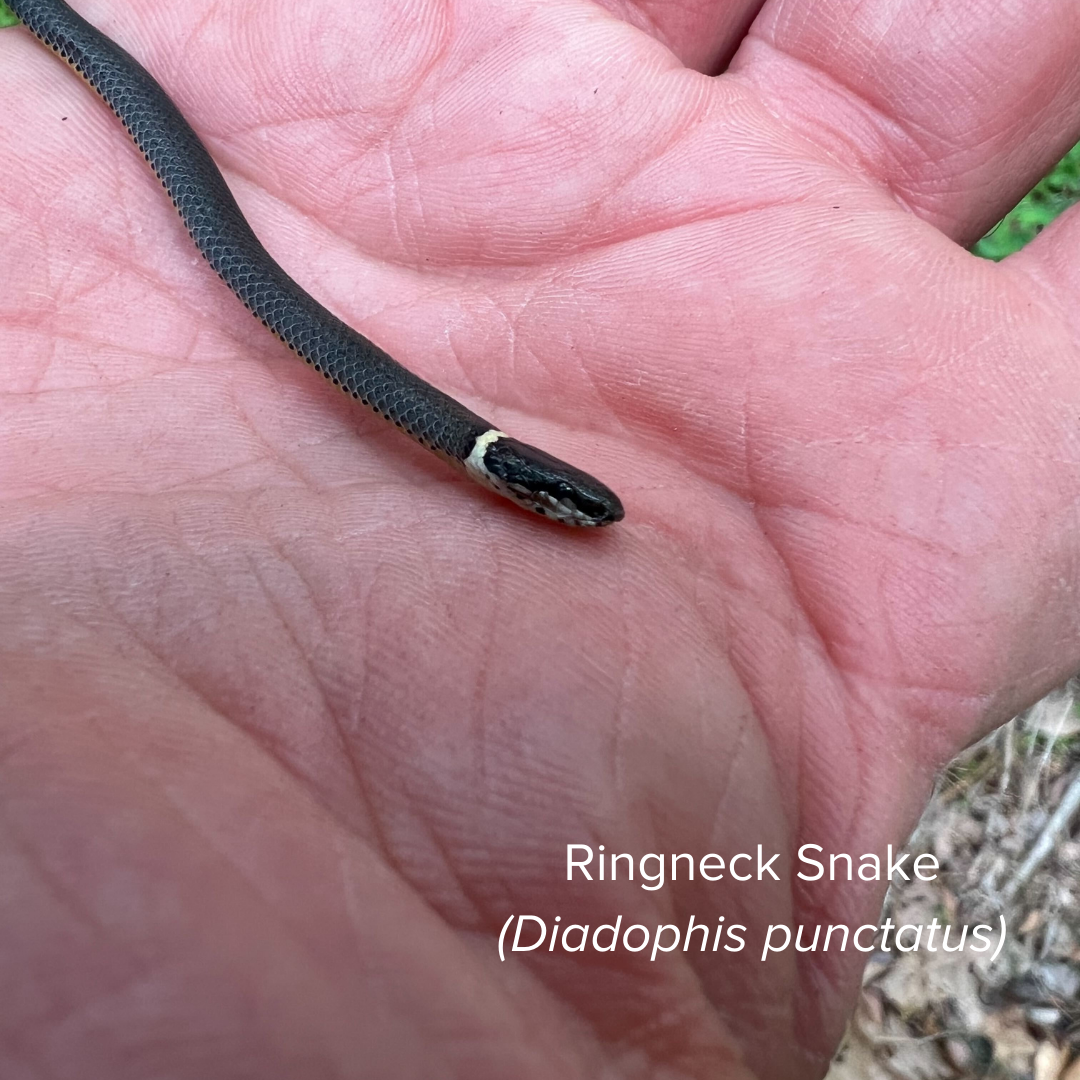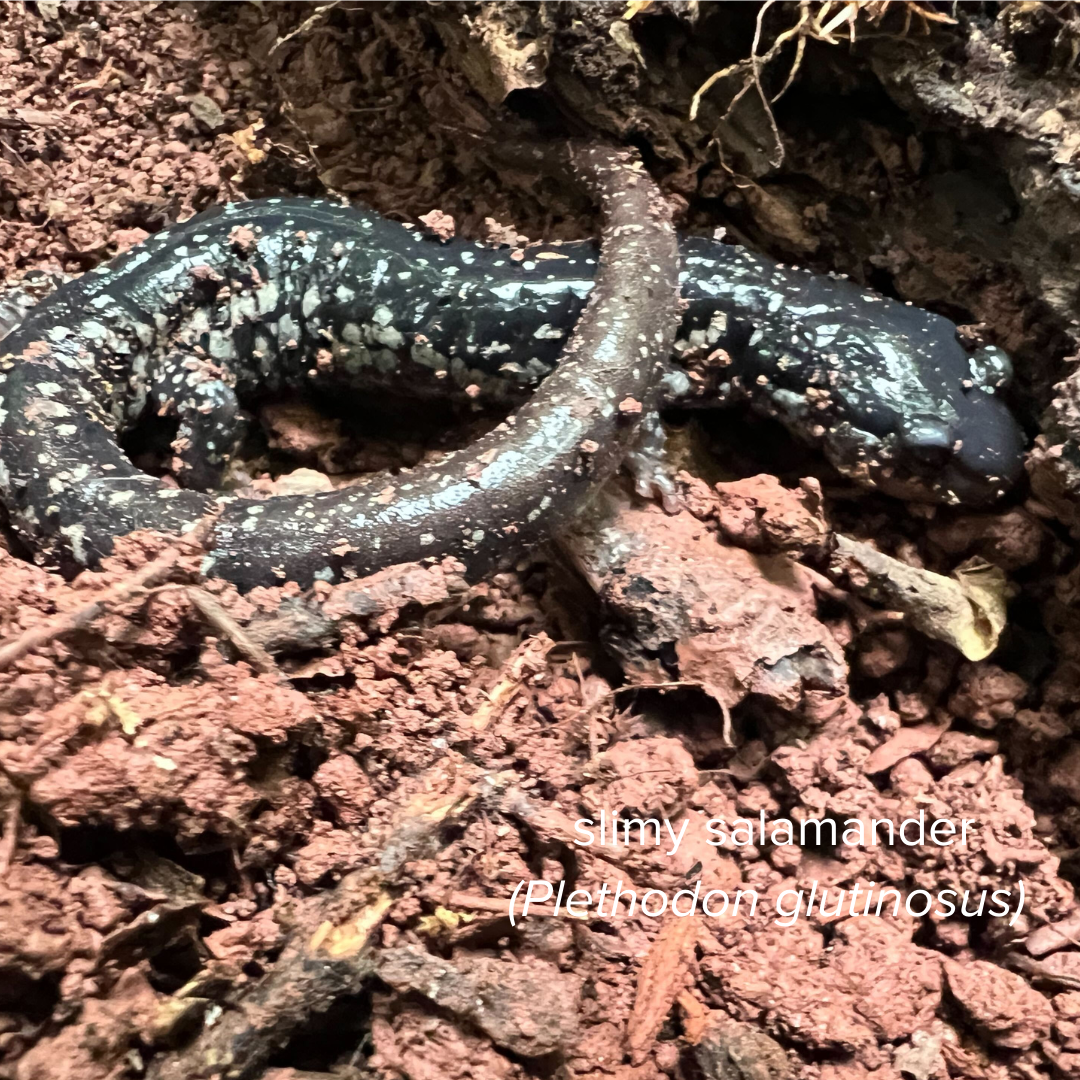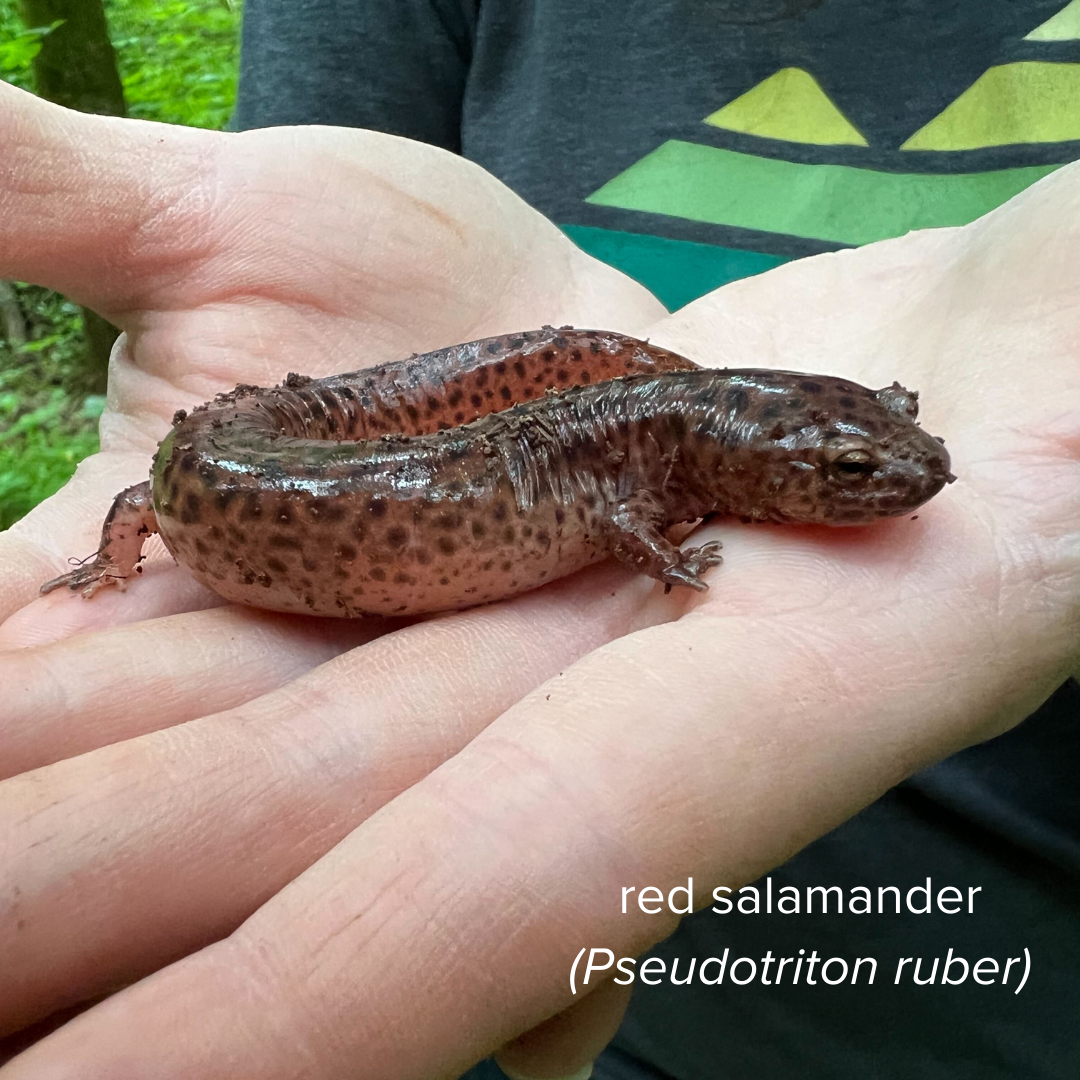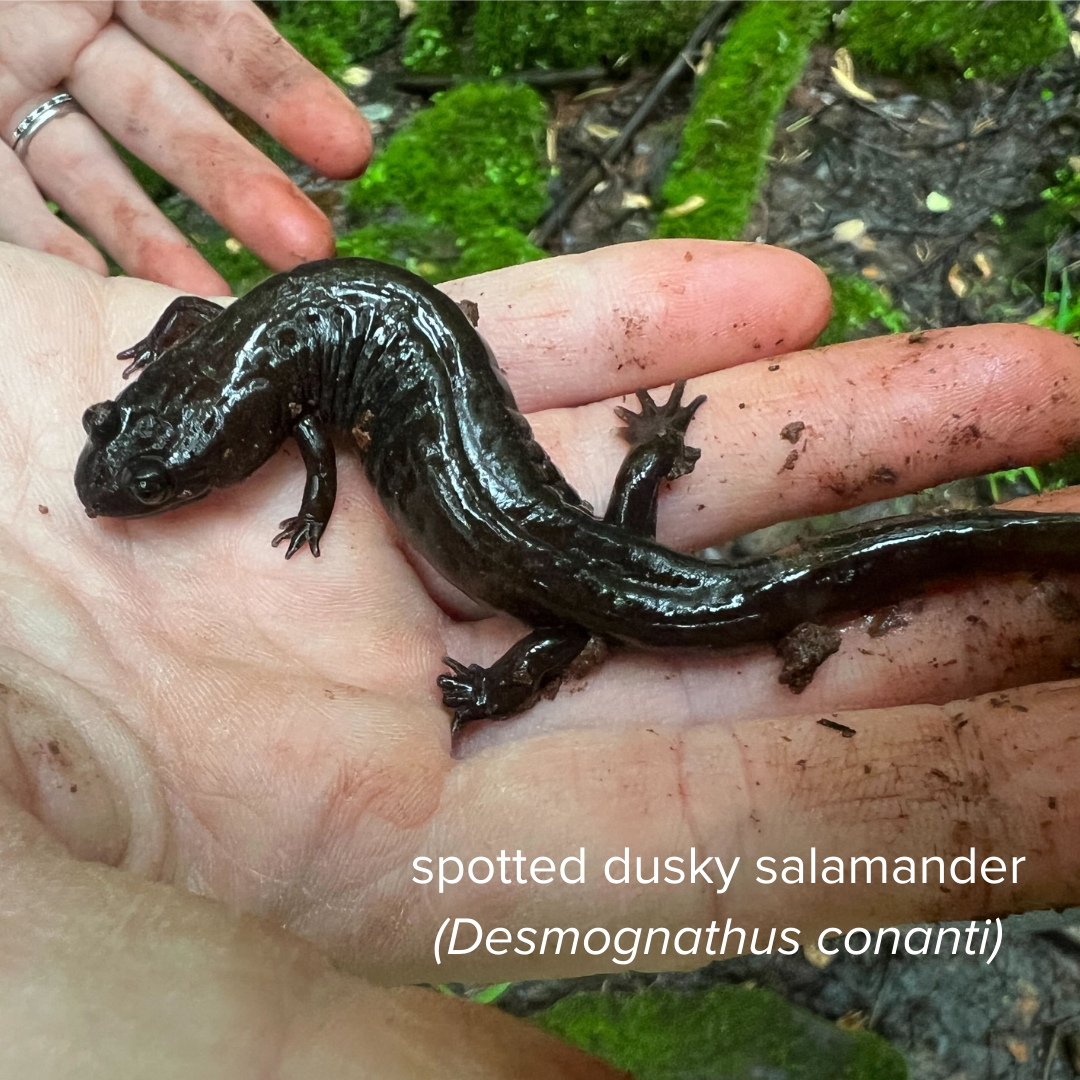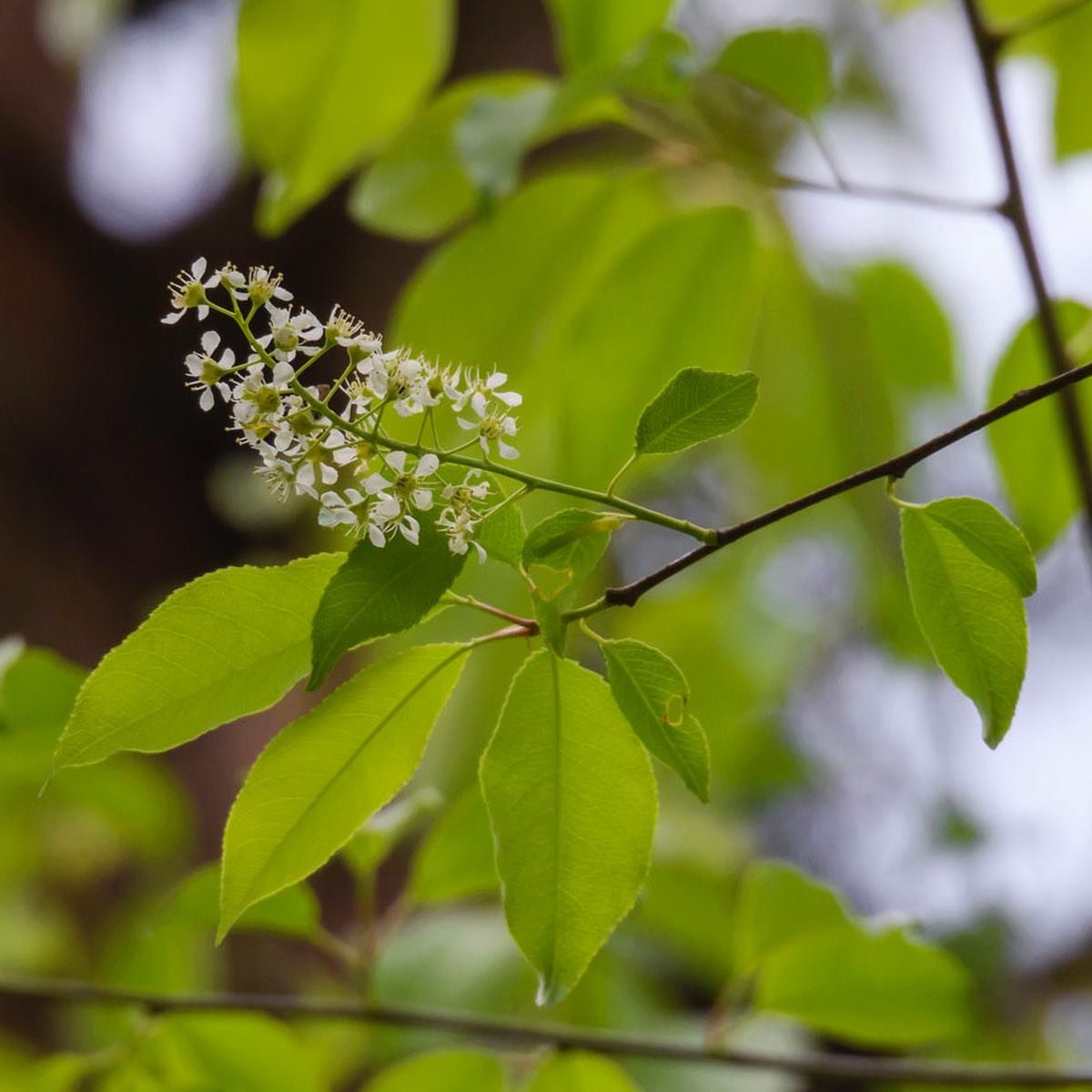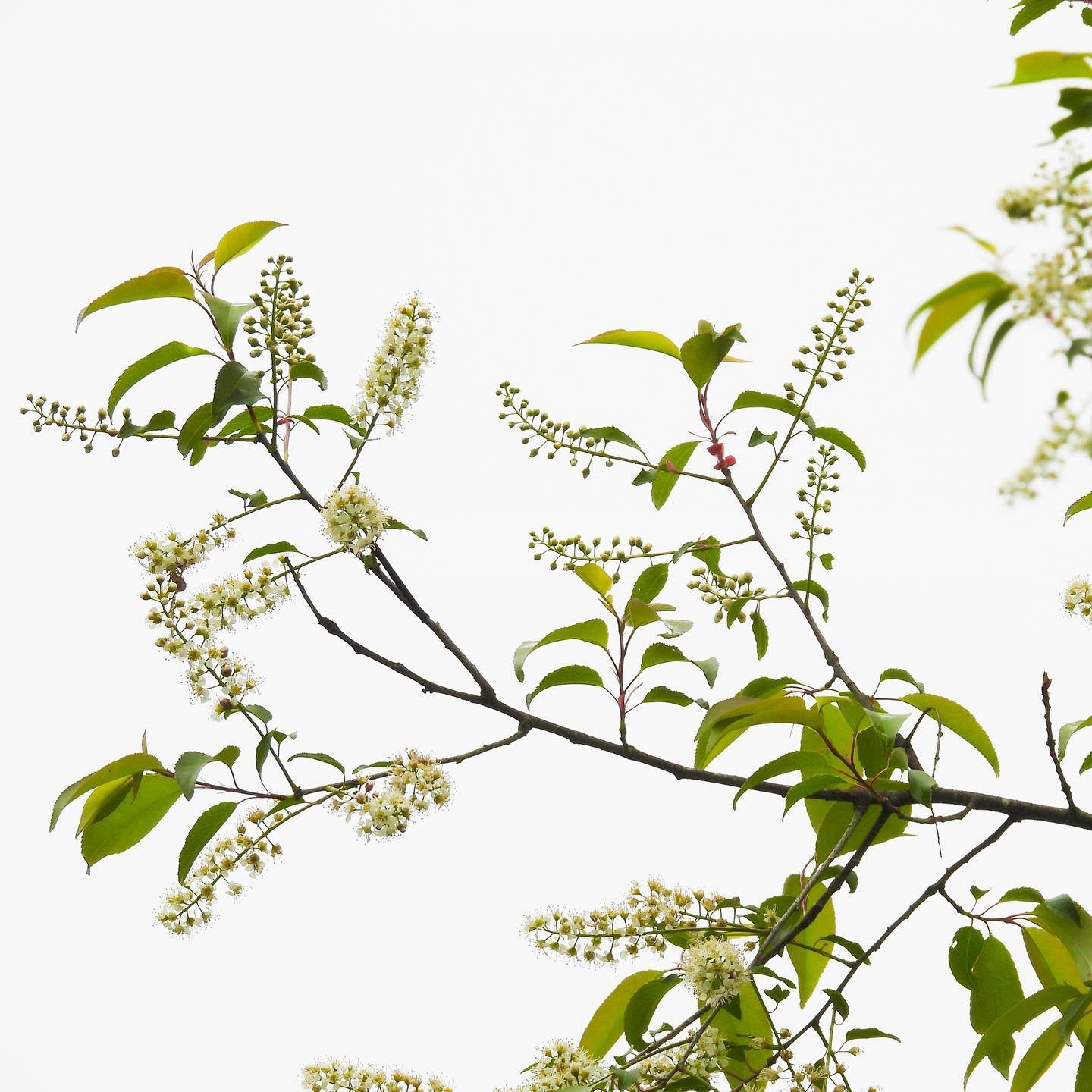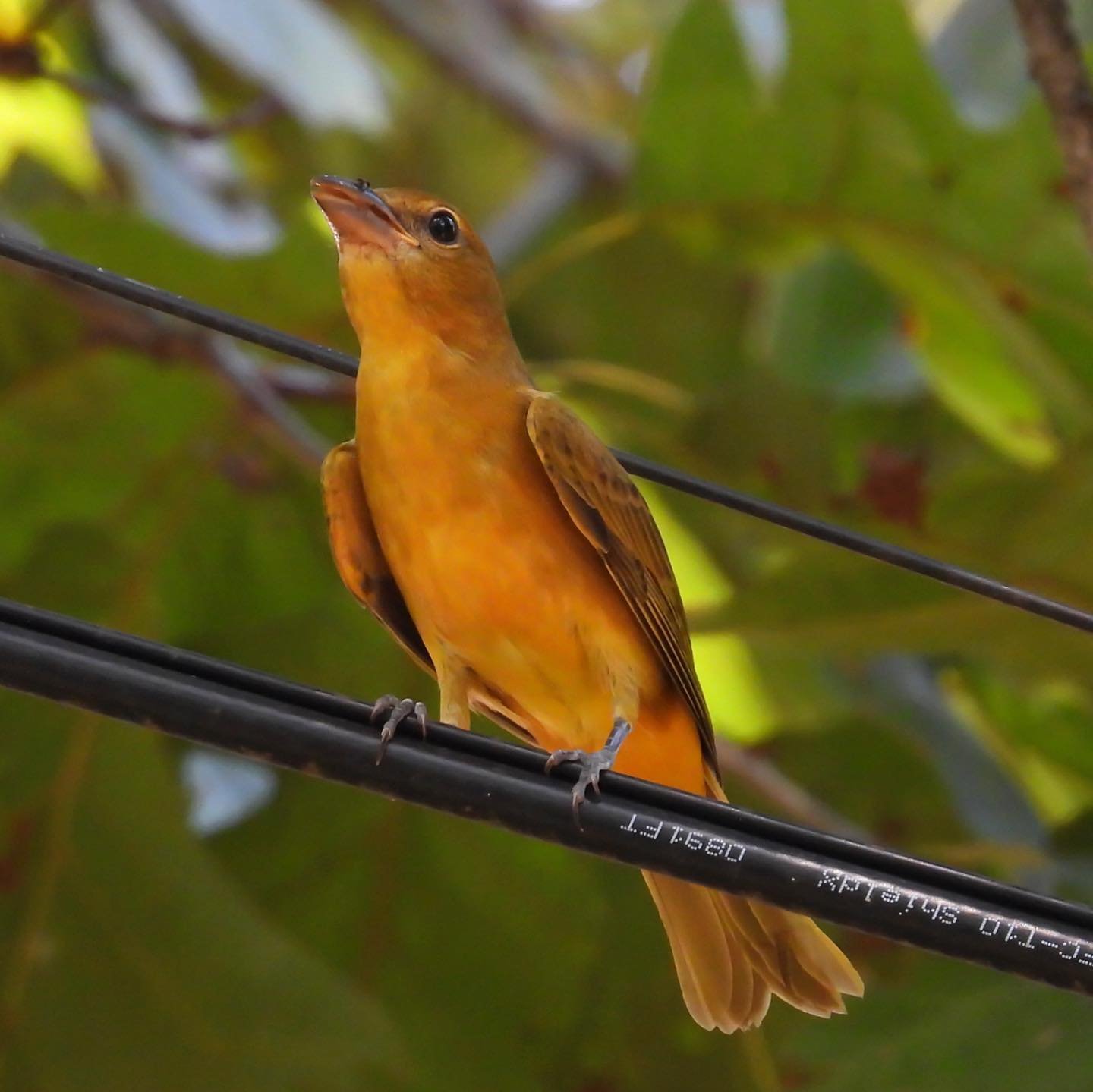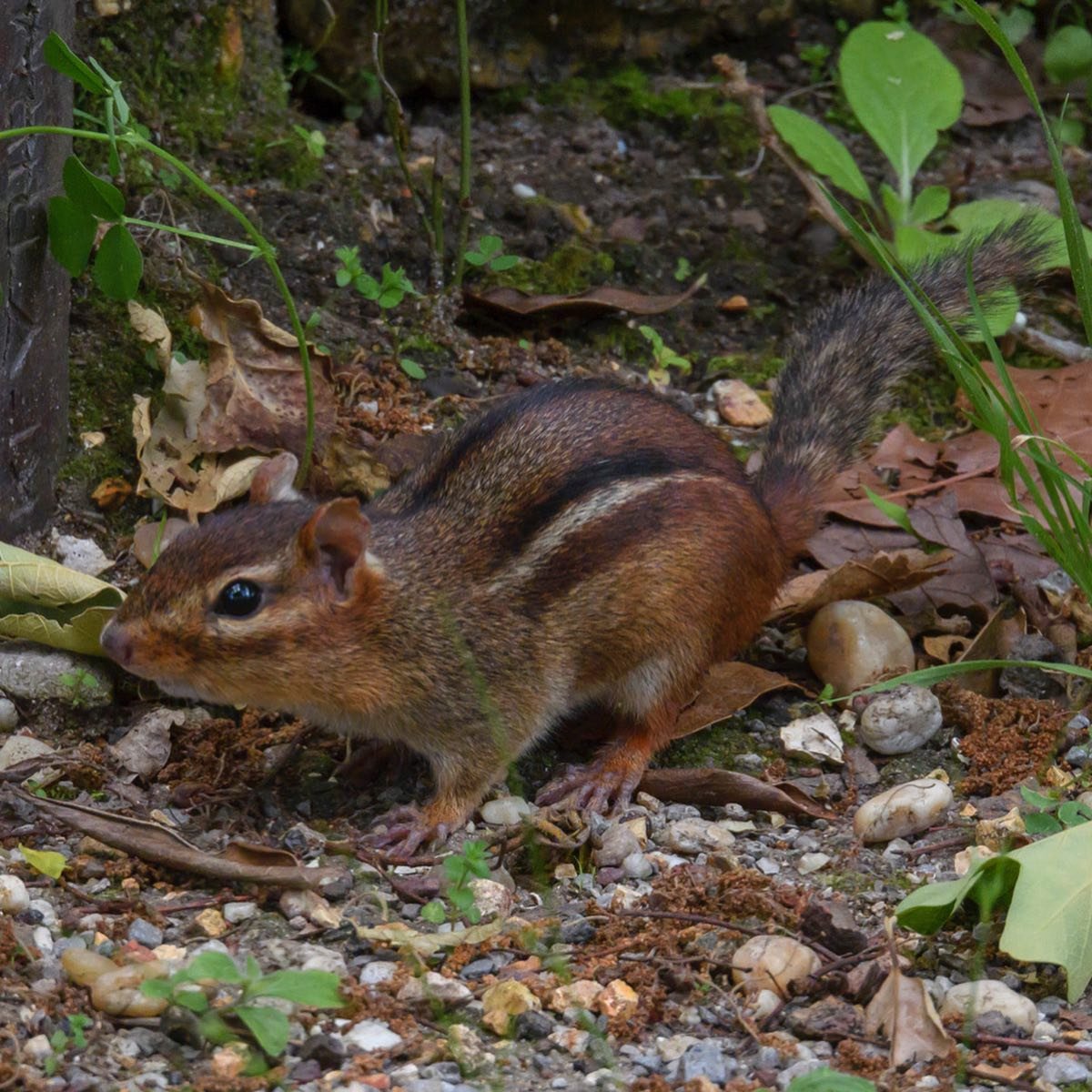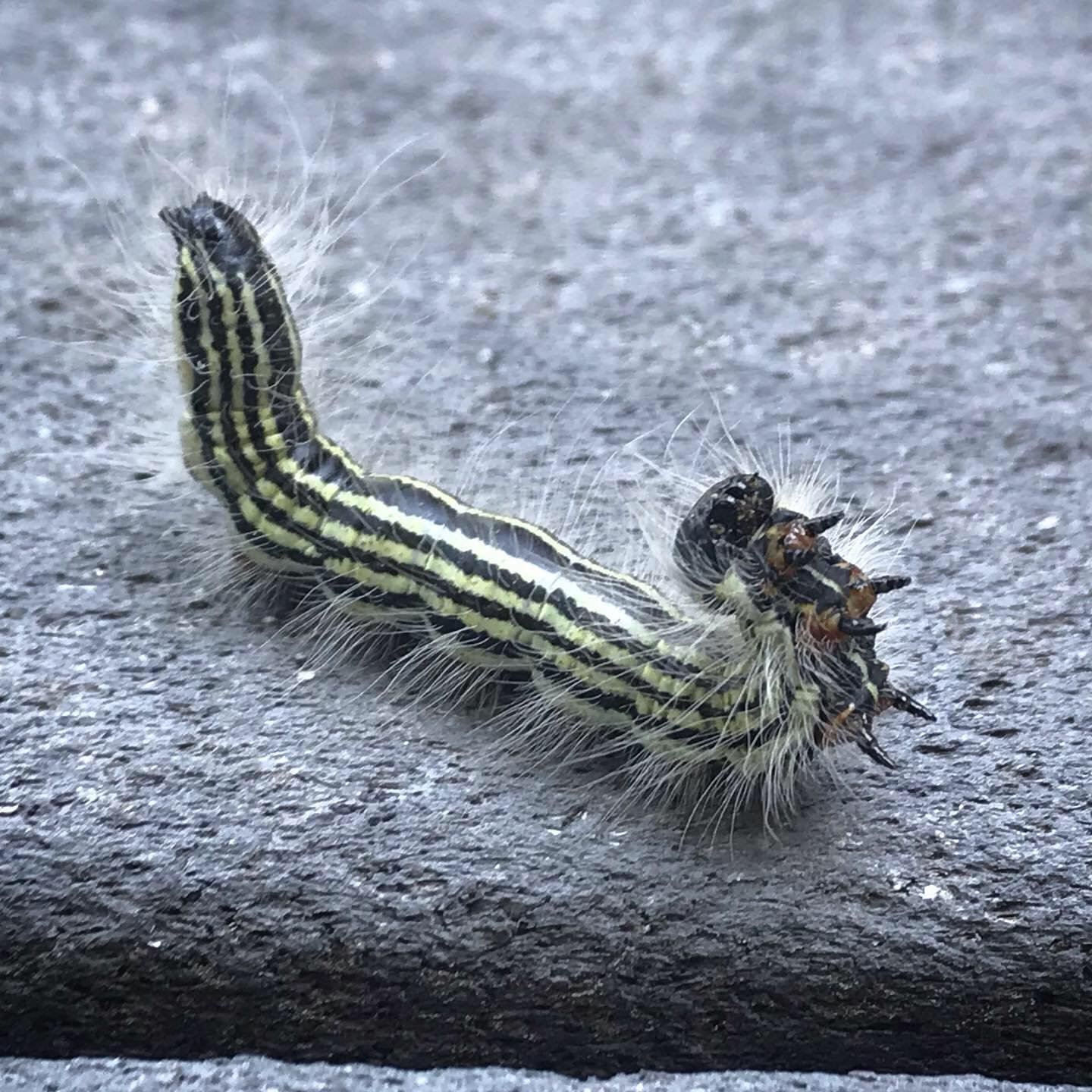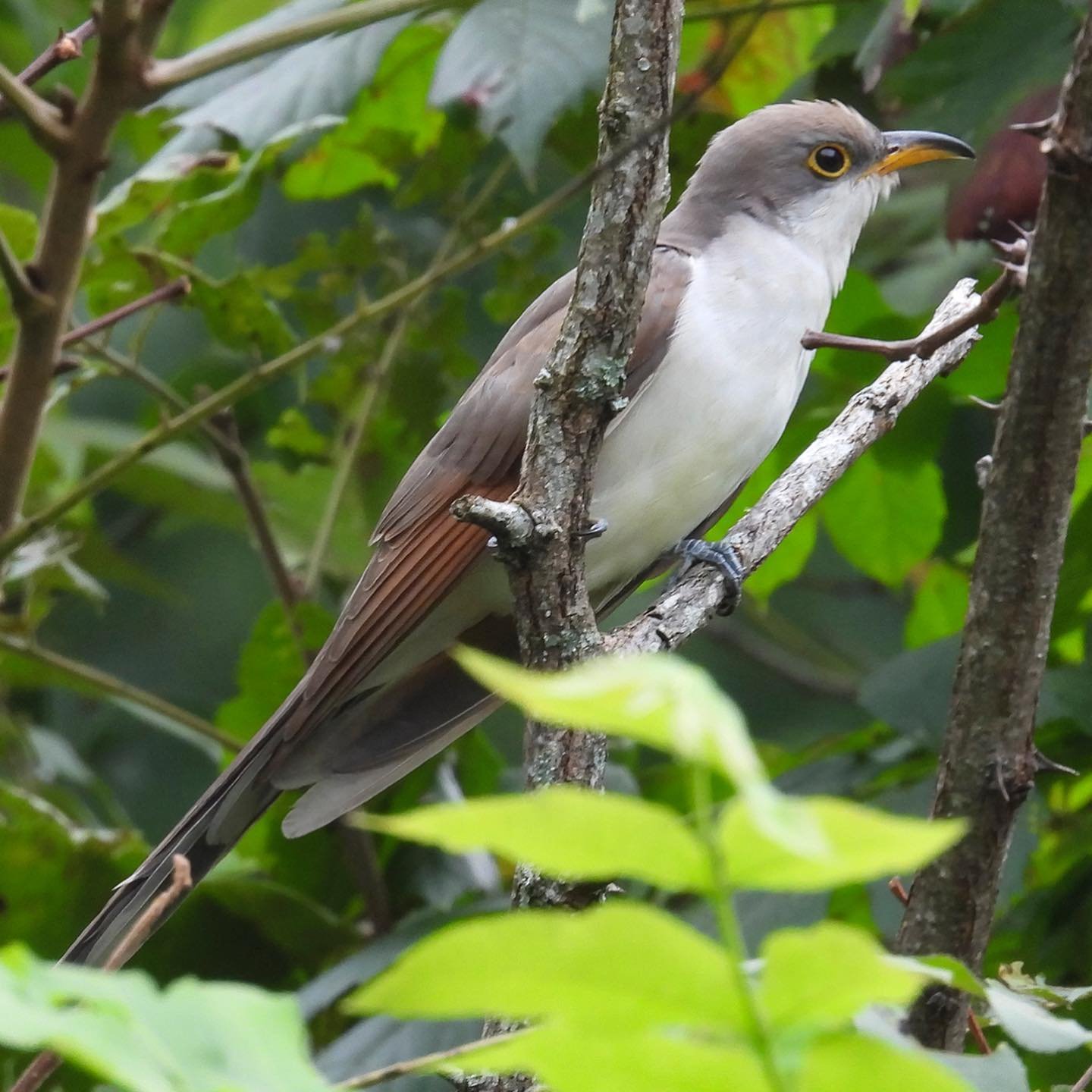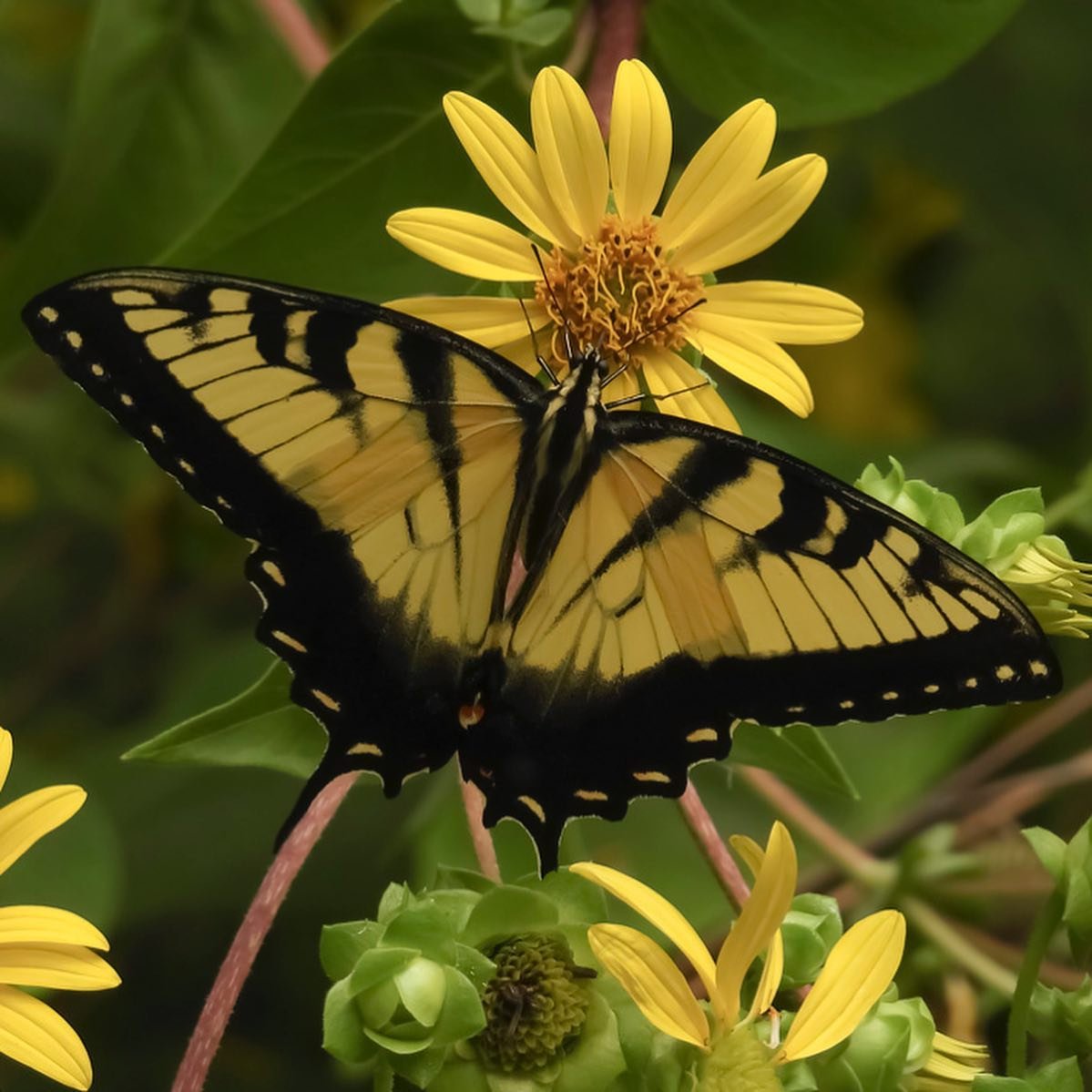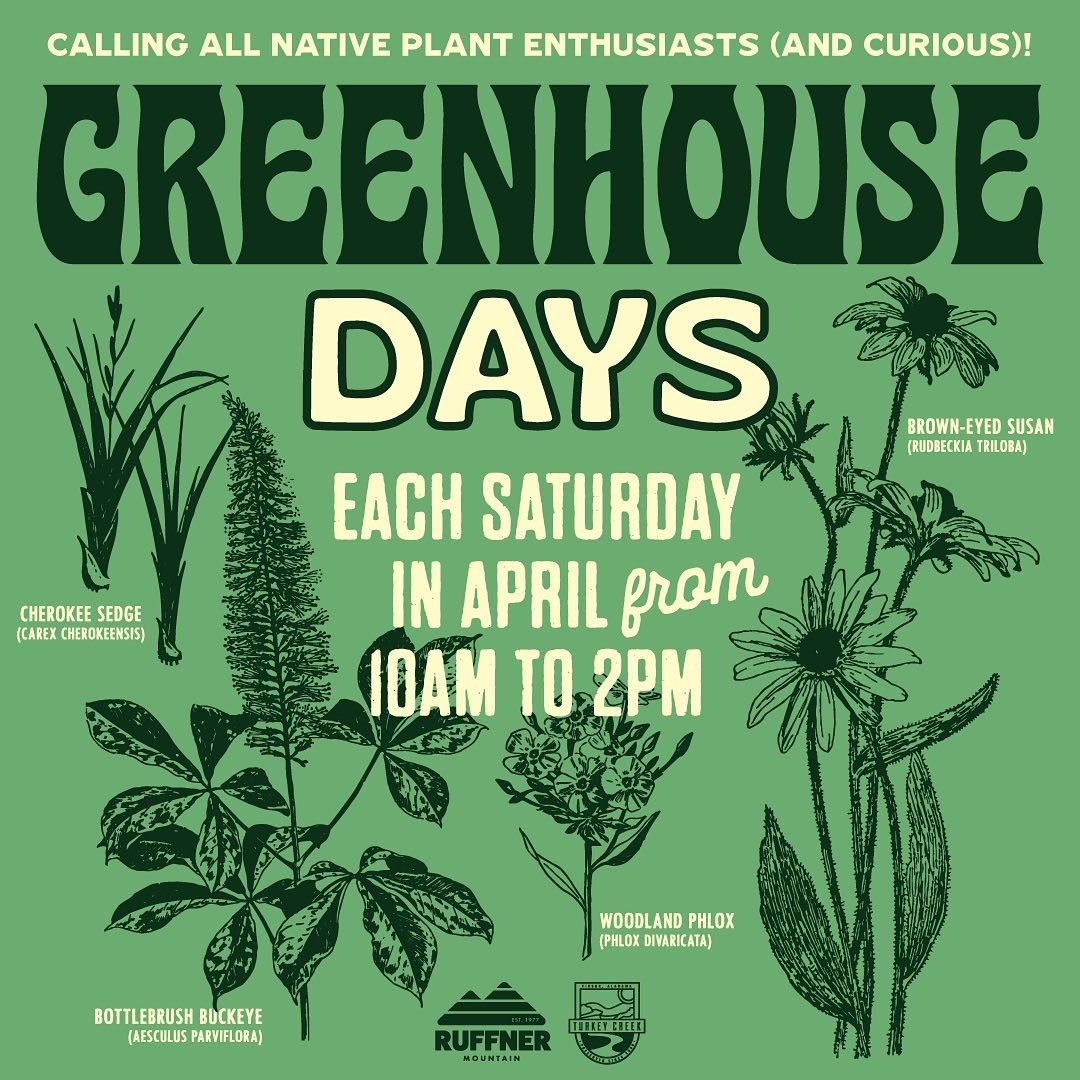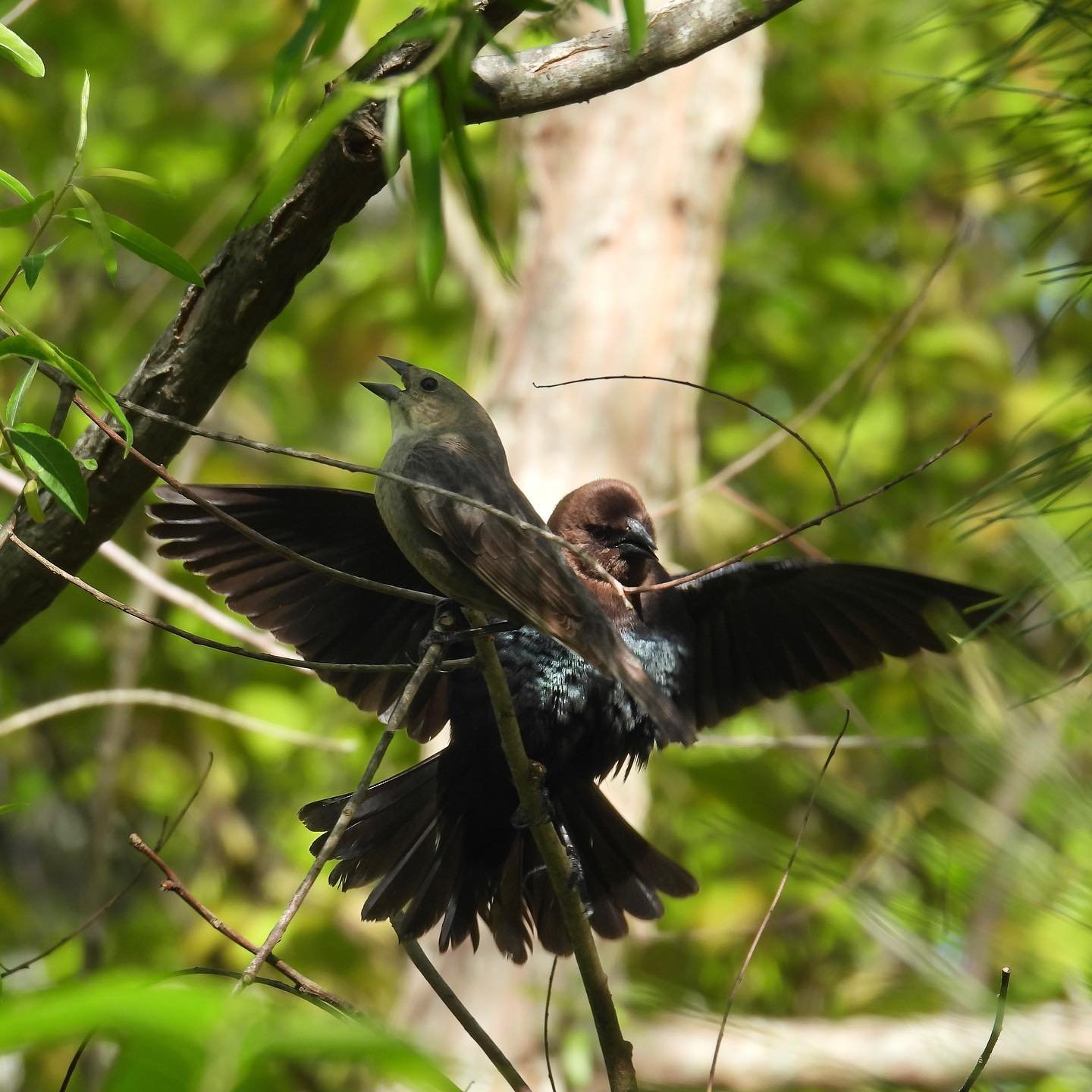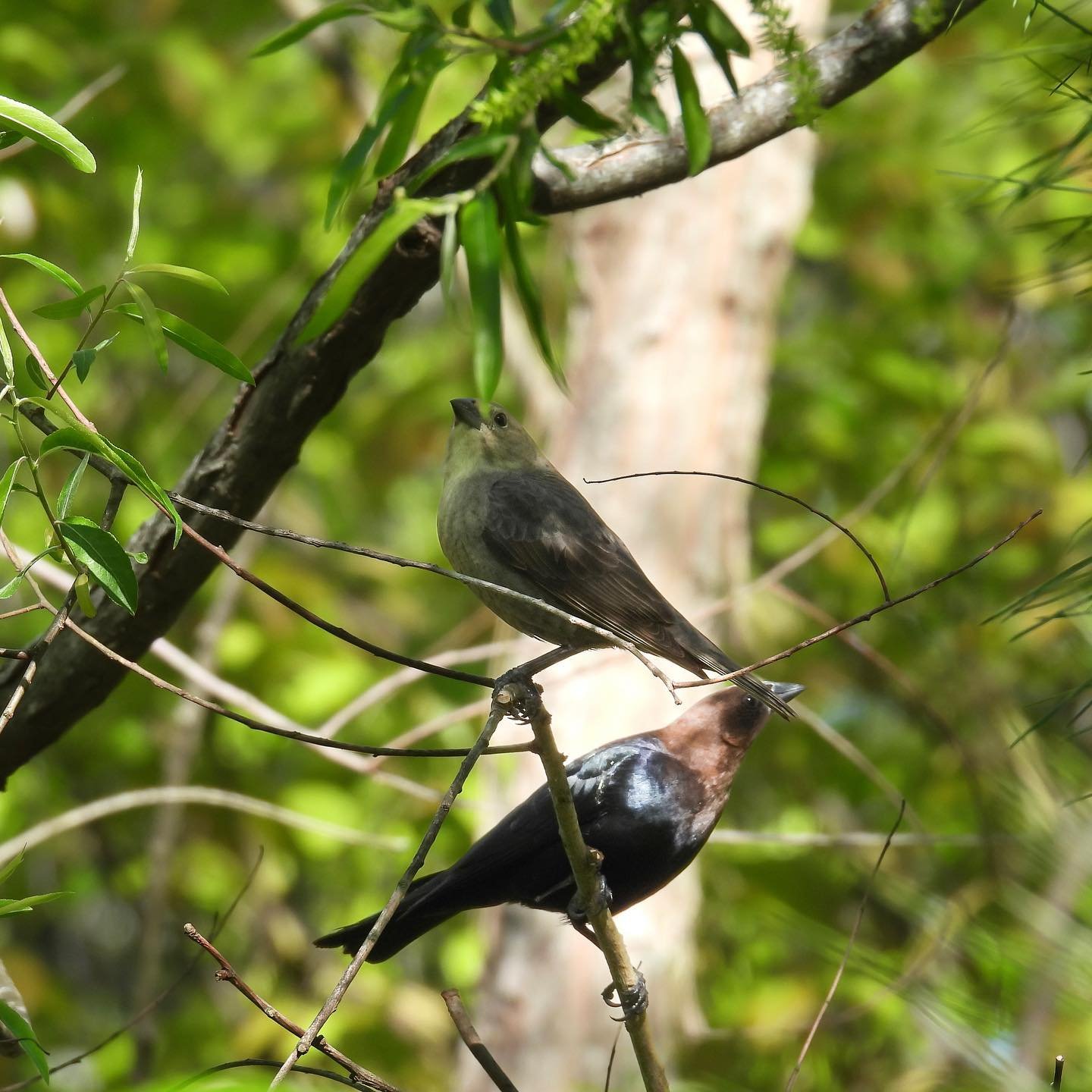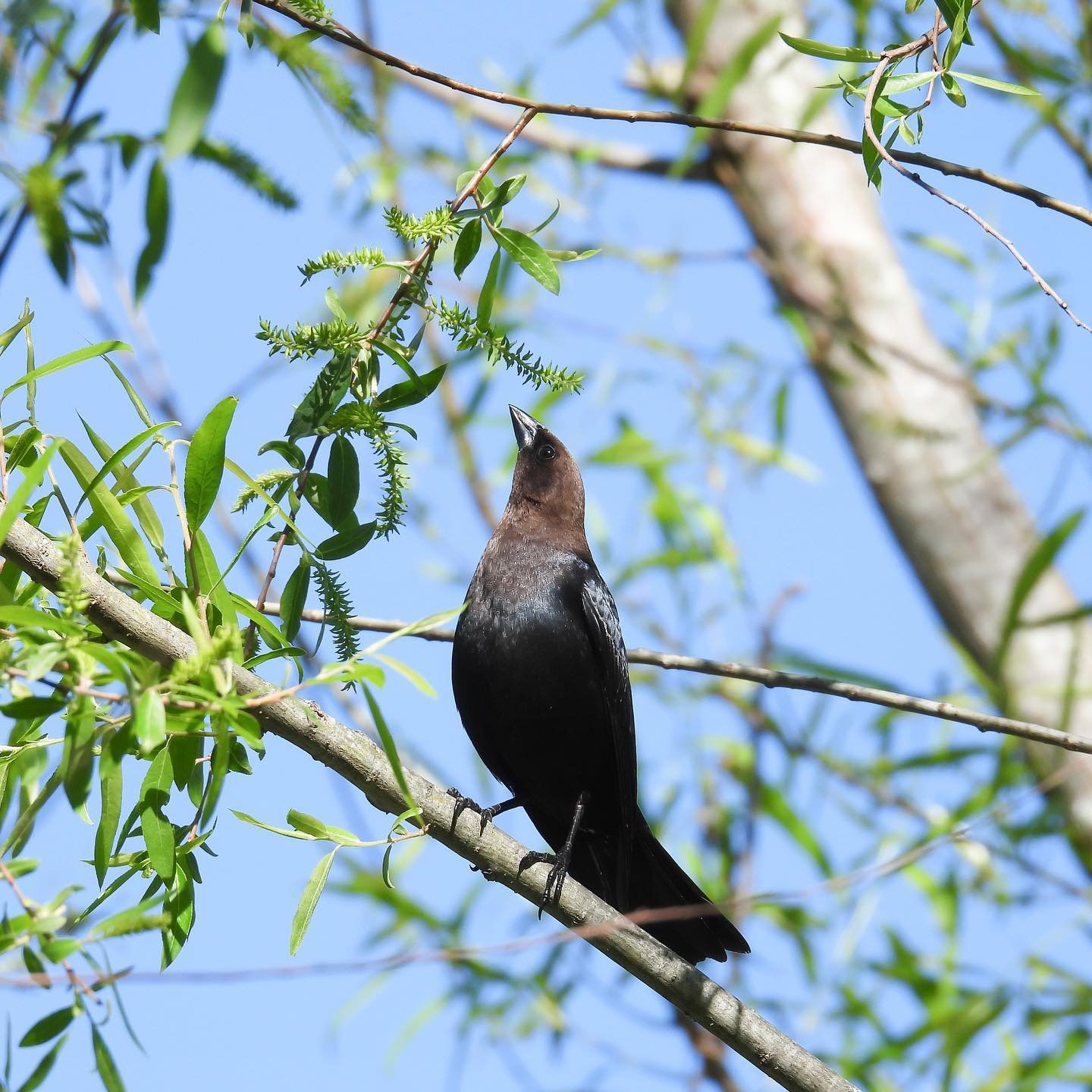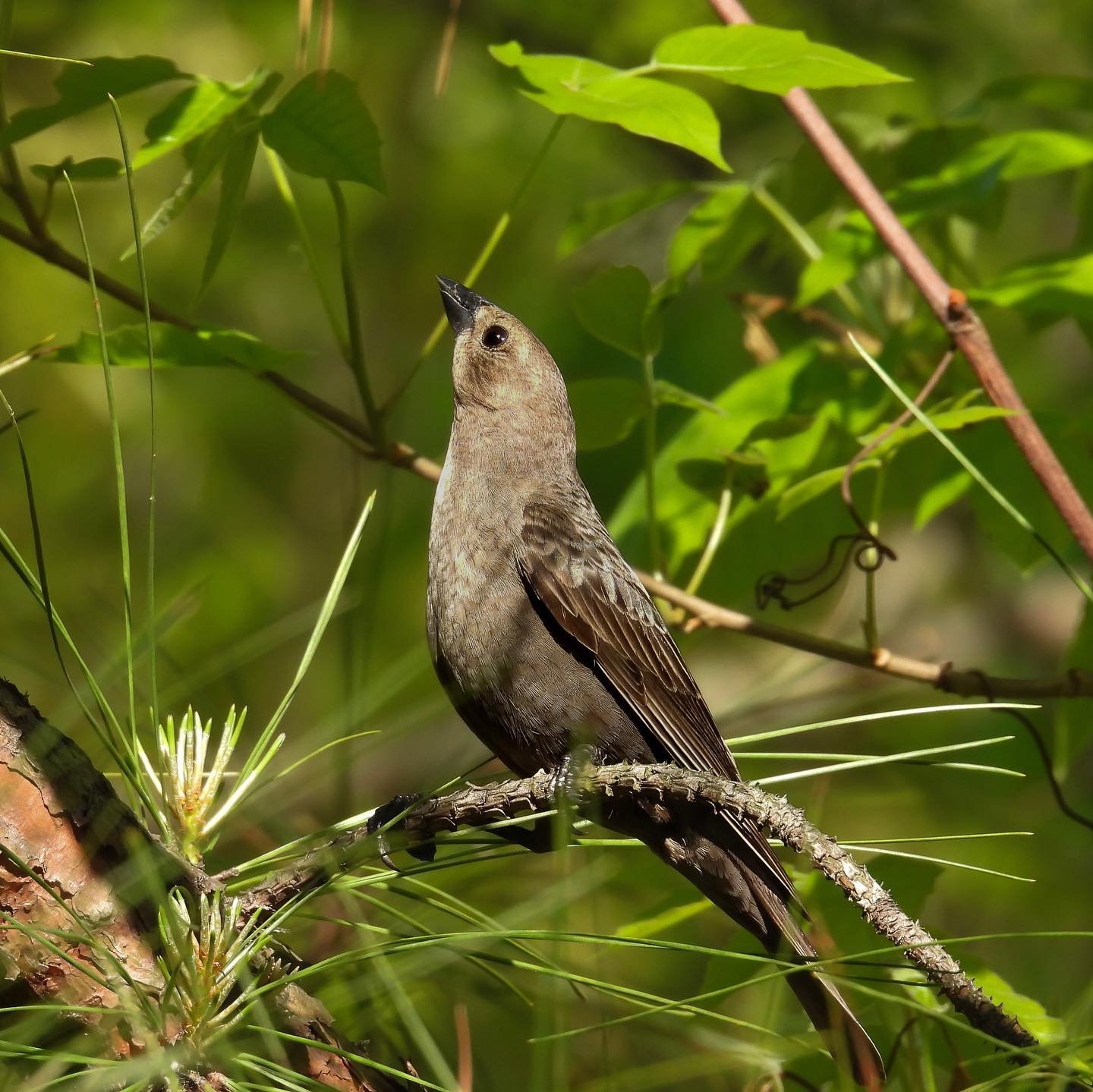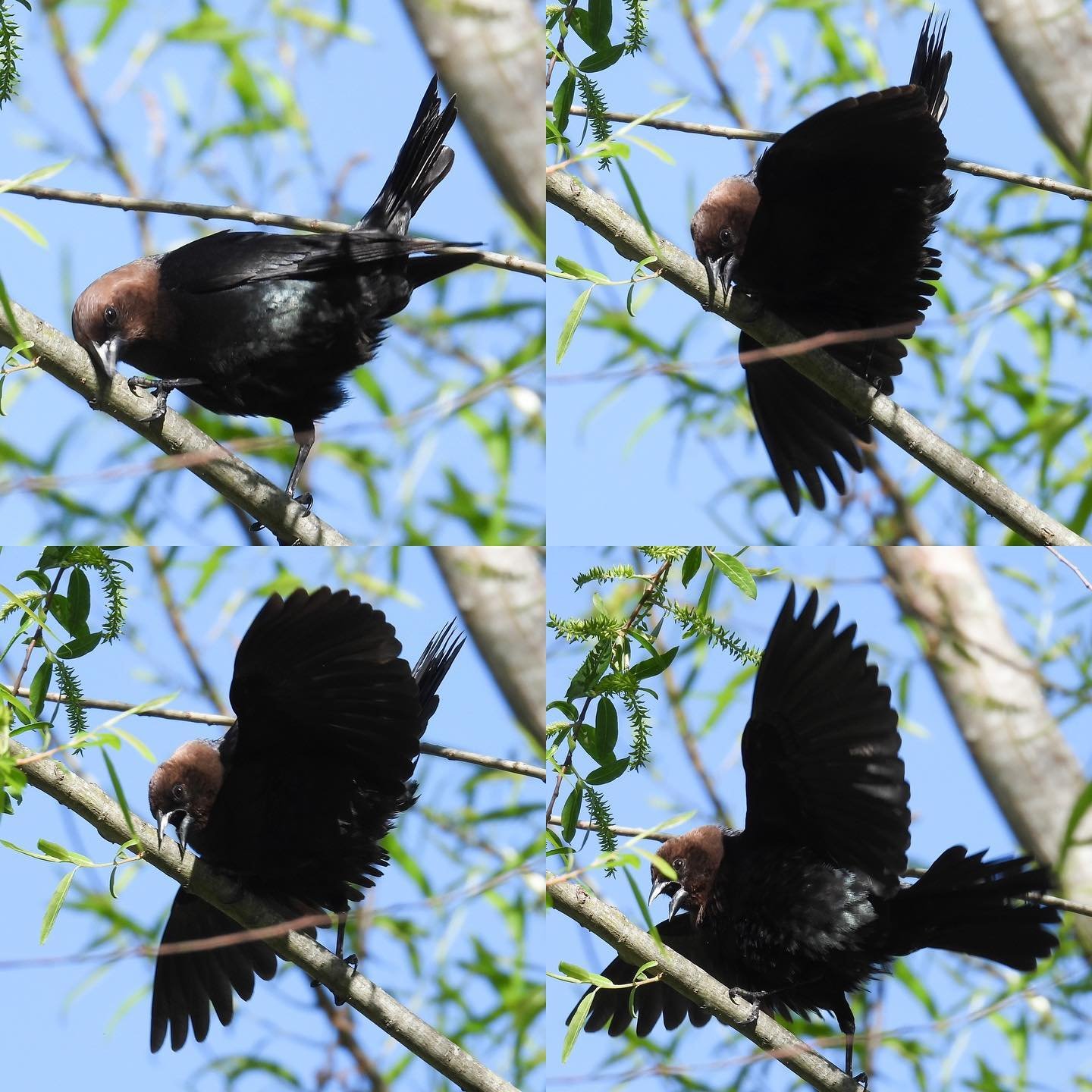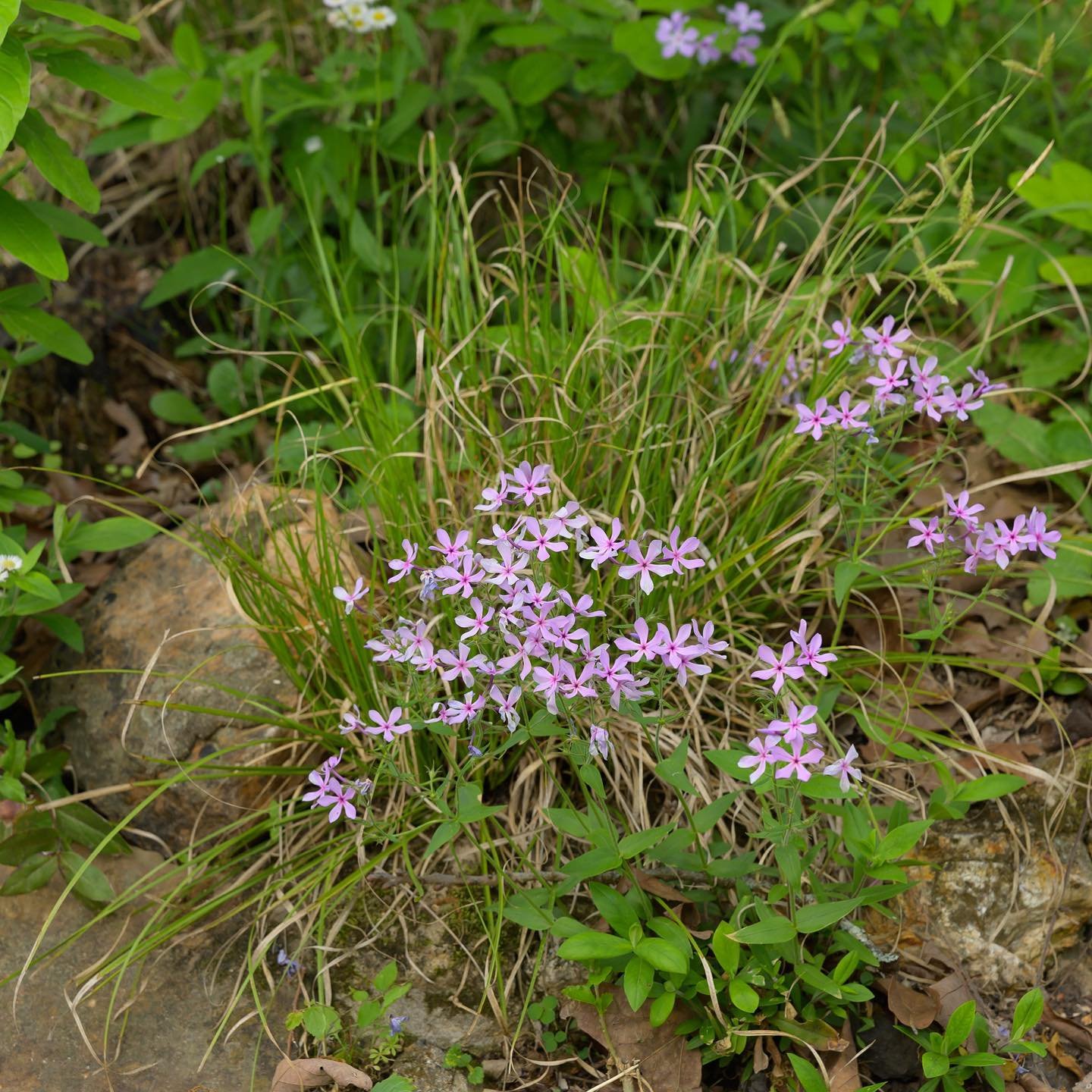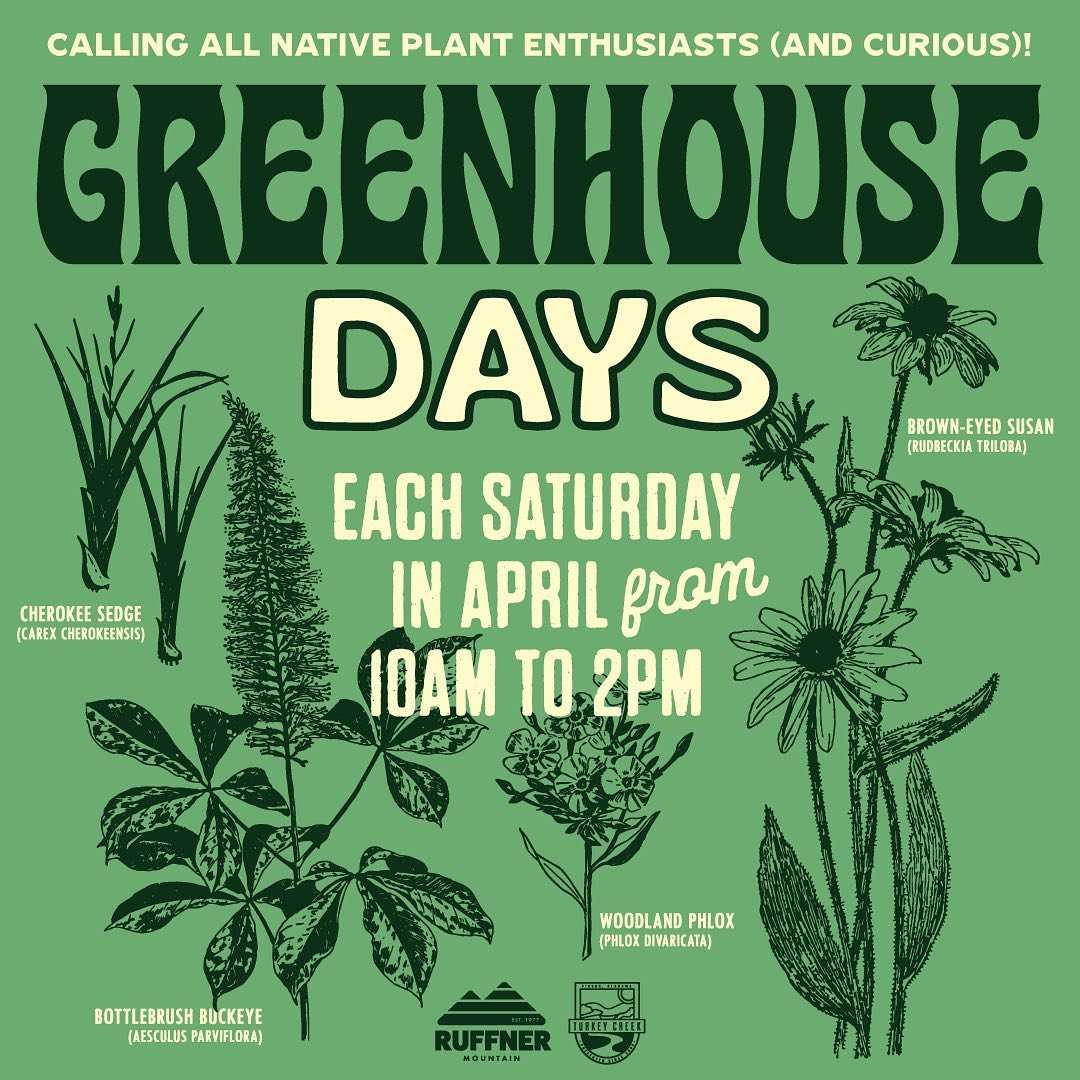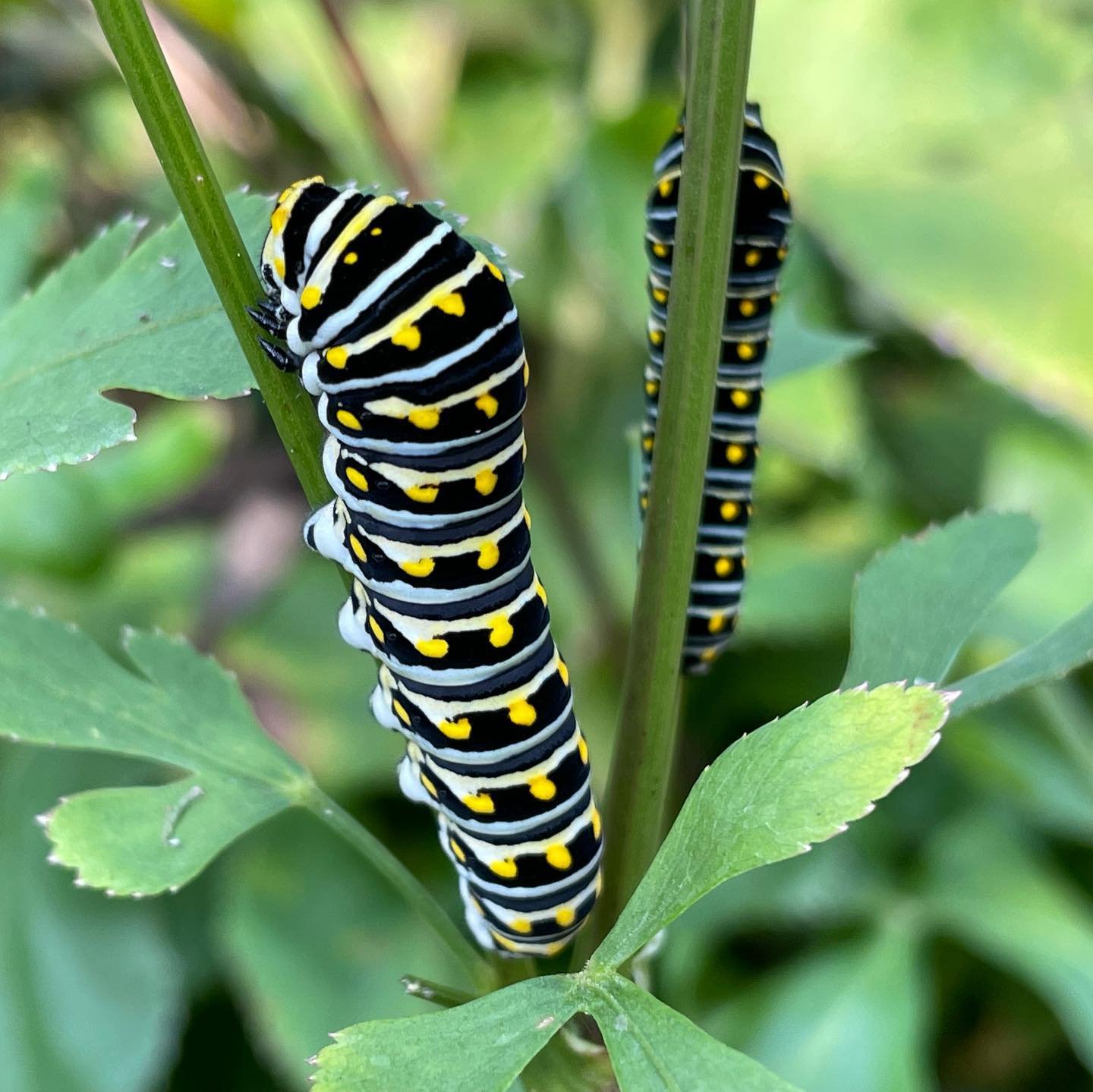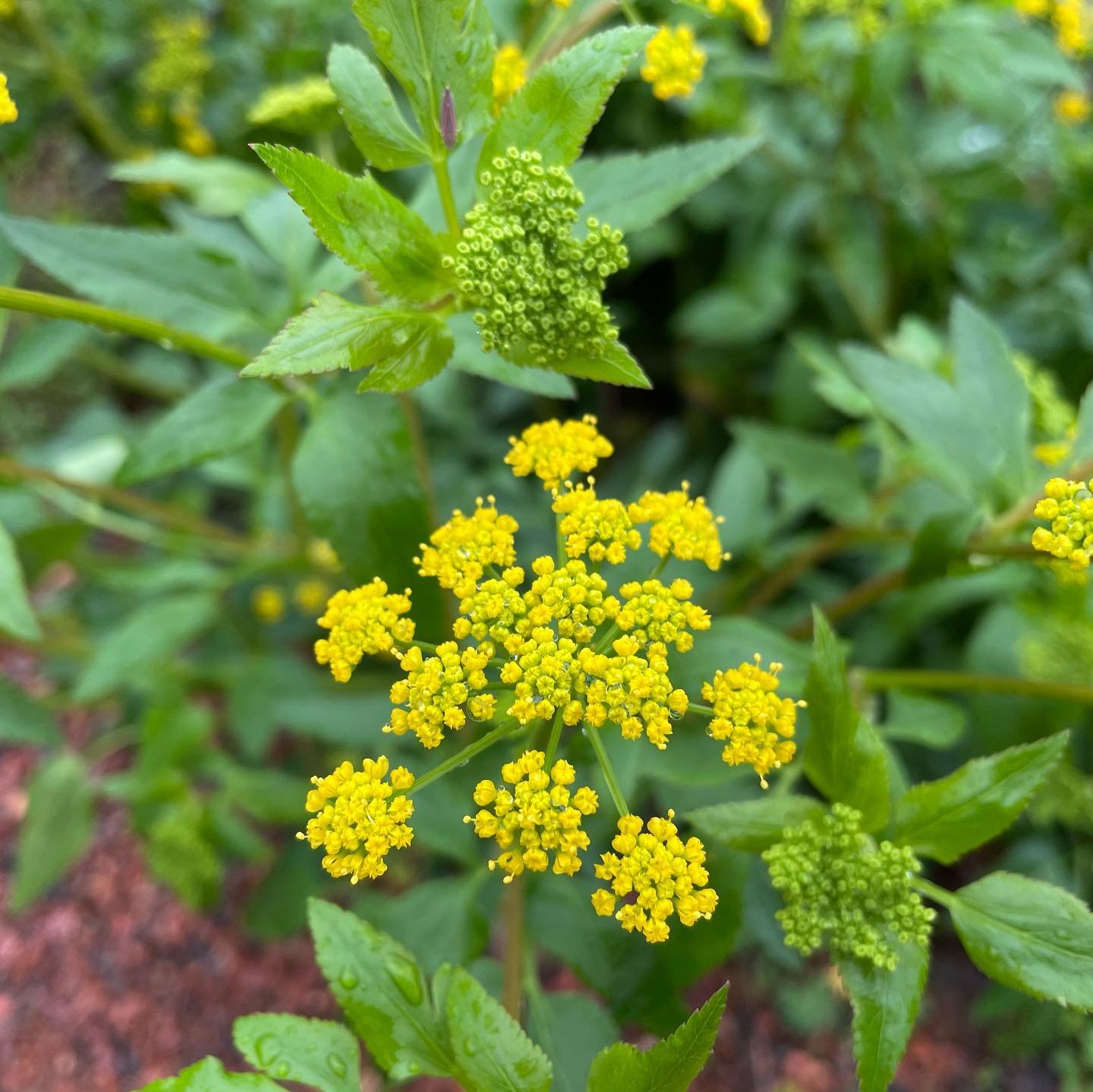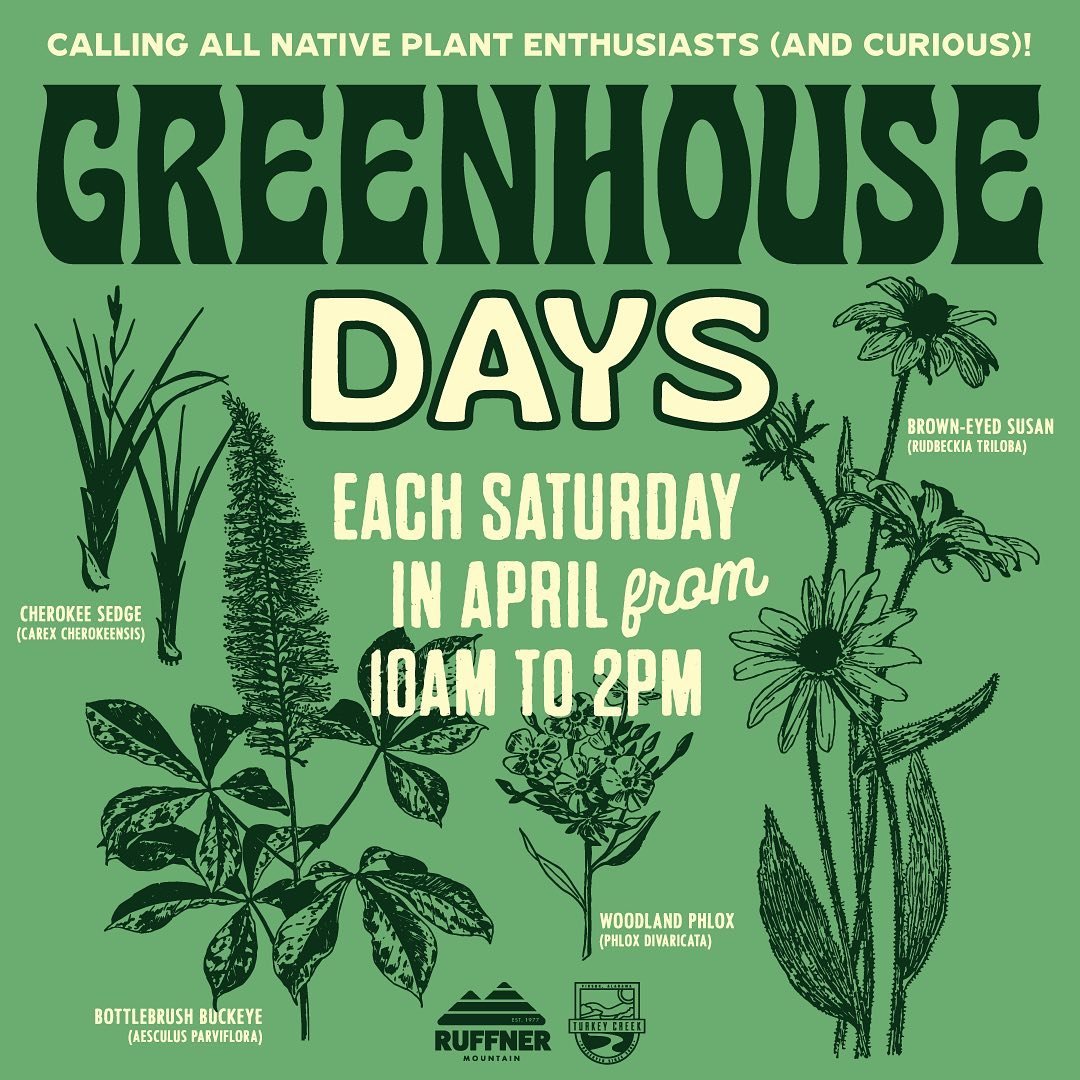It happened last week during Habitat Garden Club (volunteers work in the habitat gardens: Tuesdays from 9 until noon), we heard a wild barred owl (Strix varia) calling, and wildlife ambassador, Beaux, replying. At first, the wild bird’s call was distant, then we saw the owl fly to a tree behind the nature center and then to a branch above Beaux’ enclosure. An ascending, “Hoo-hoo-hoo-hoo-hoo-hoo-hoo-hooo-aw” was followed by an intensifying call-and-response courtship duet of hoots, cackles and caws.
You’ve probably heard Beaux call from the enclosure before, “Who cooks for you? Who cooks for you all?” Or maybe you’ve seen Wildlife Care Naturalist, Emily Hutto, walking around the campus with Beaux on the glove.
Emily explains how Beaux became a wildlife ambassador, “When Beaux was a nestling, he fell out of his nest in Alabaster. He was brought to the Alabama Wildlife Center where it was found that he had congenital glaucoma in his left eye. The only way to save his life and prevent the disease from progressing was to surgically remove the eye. Beaux is missing his left eye and cannot be released because his poor depth perception makes it difficult for him to hunt and compete with healthy owls in the wild. Beaux has been with Ruffner since 1999 and is 24 years old.”
